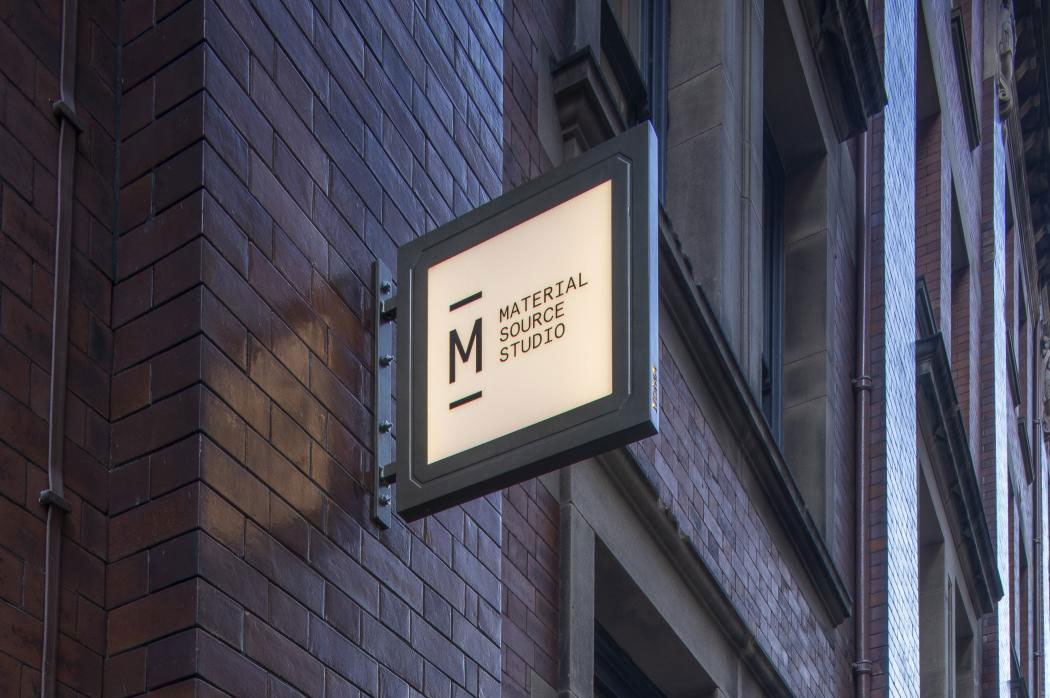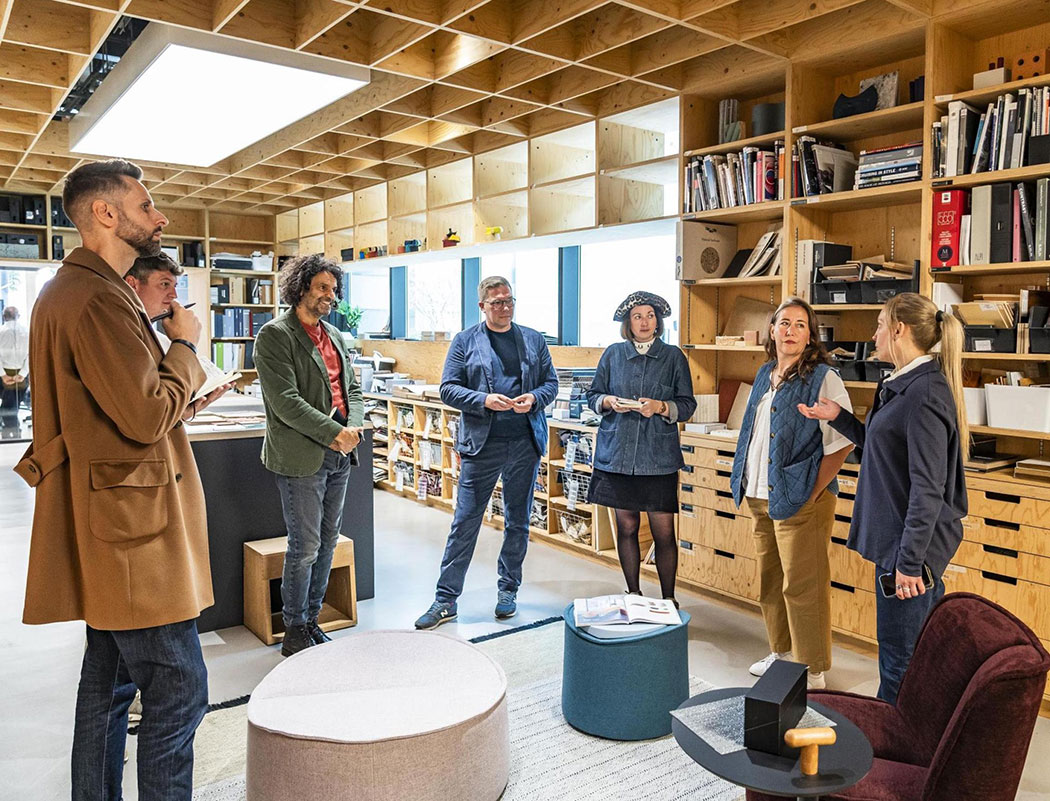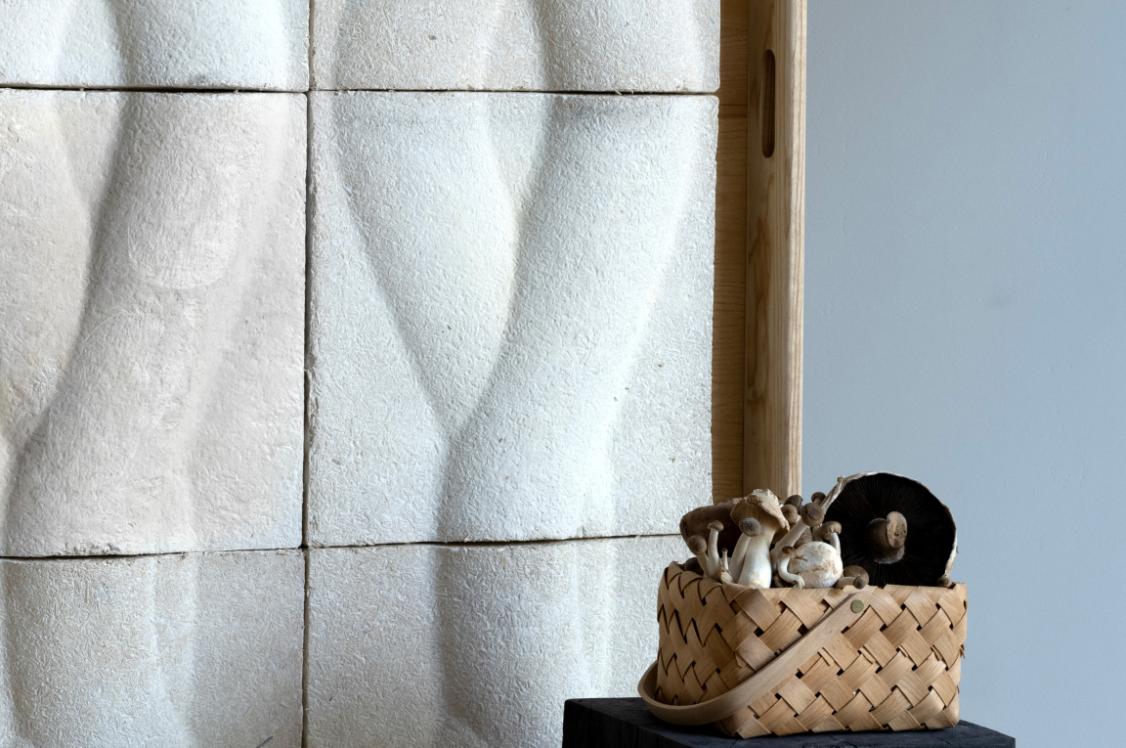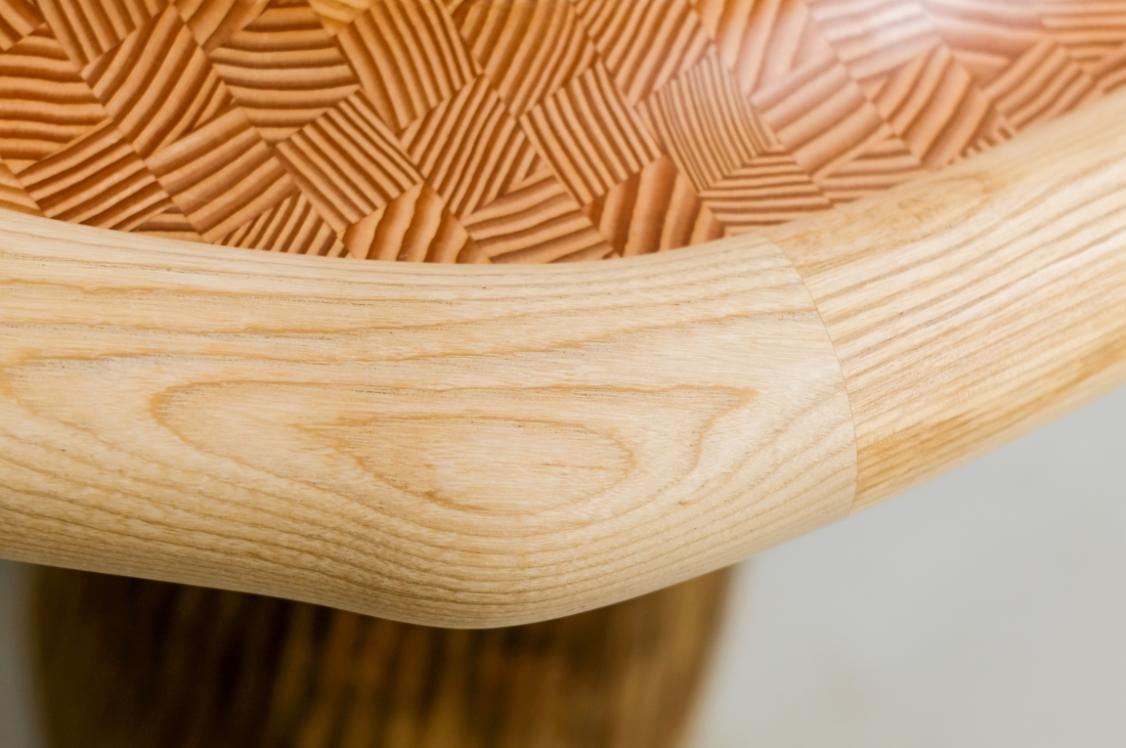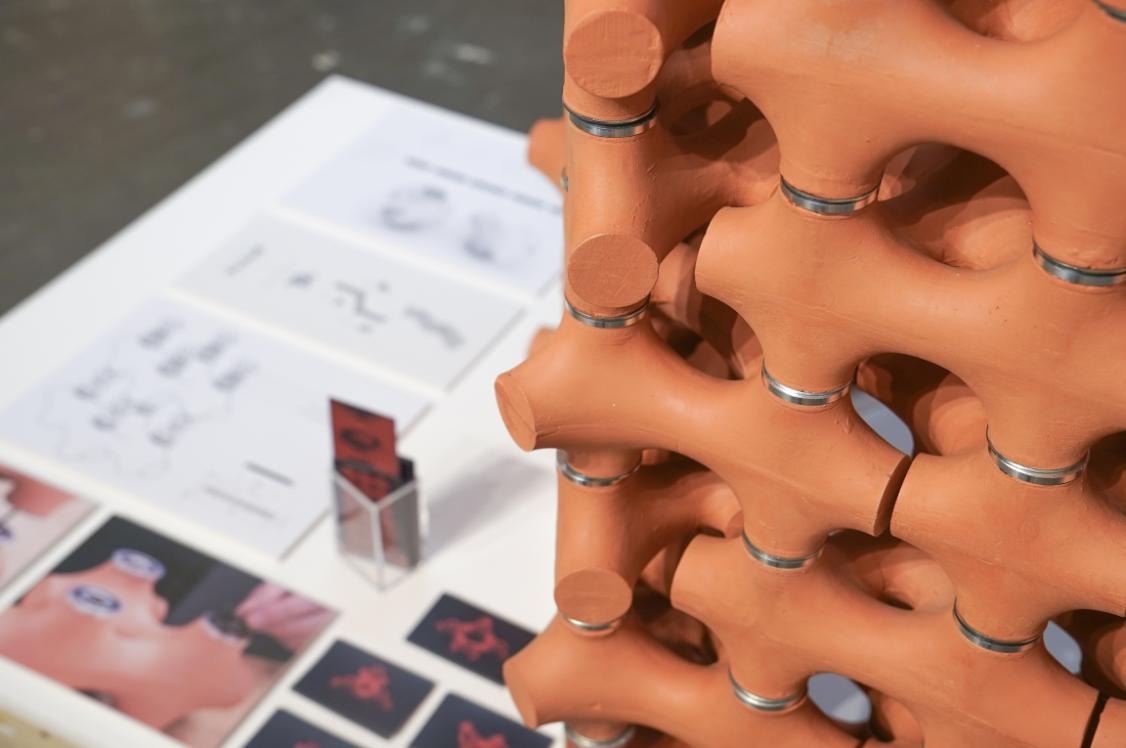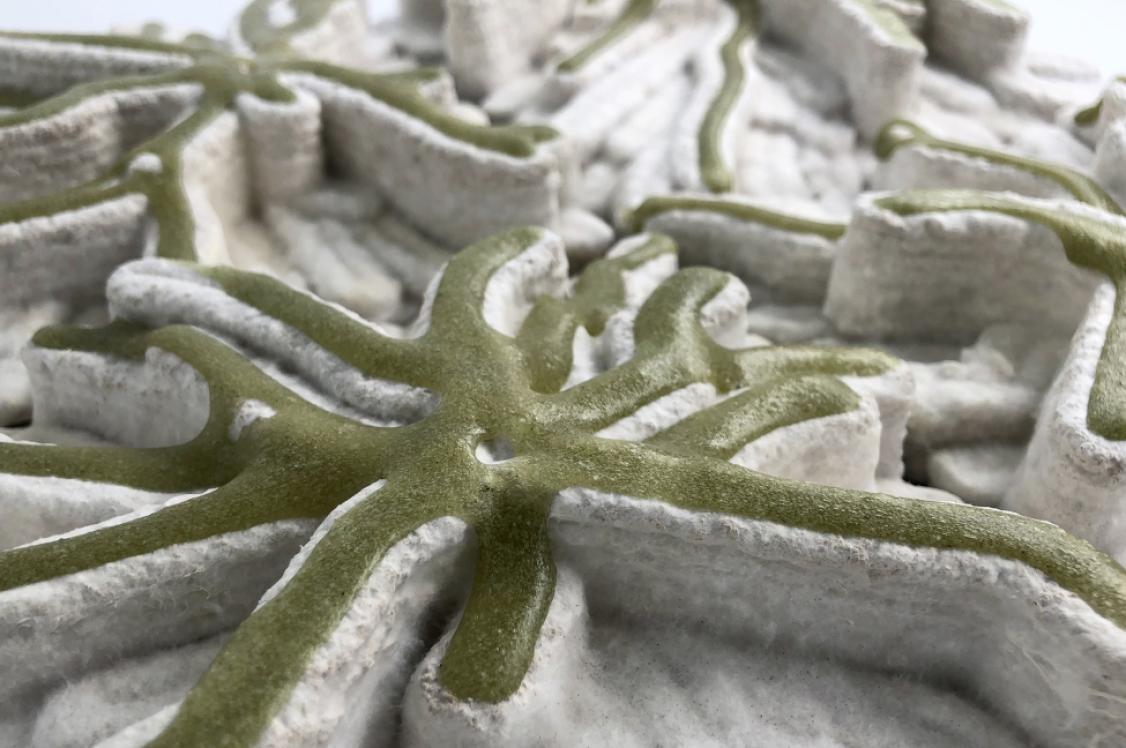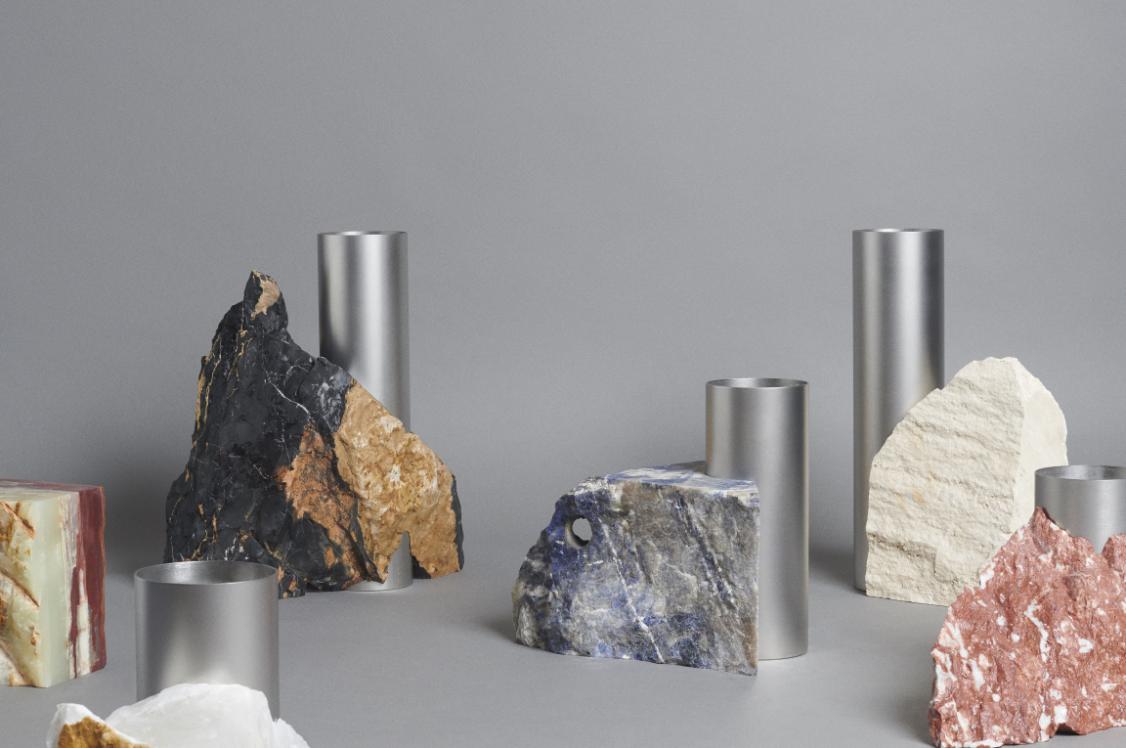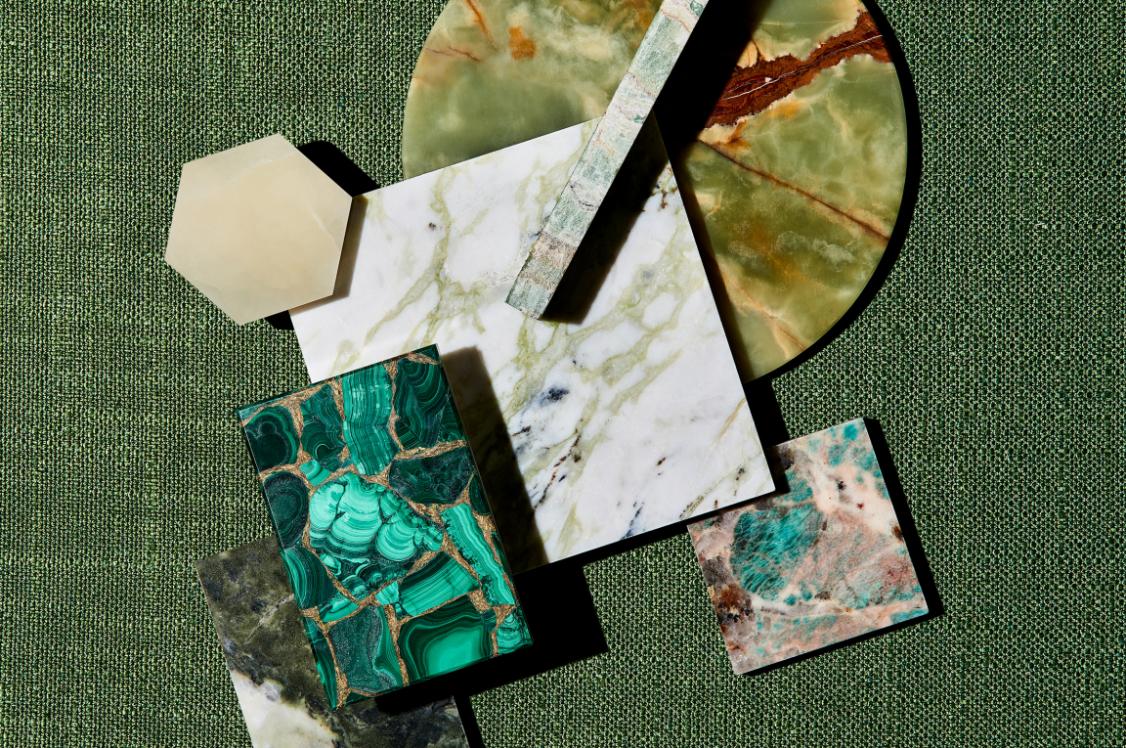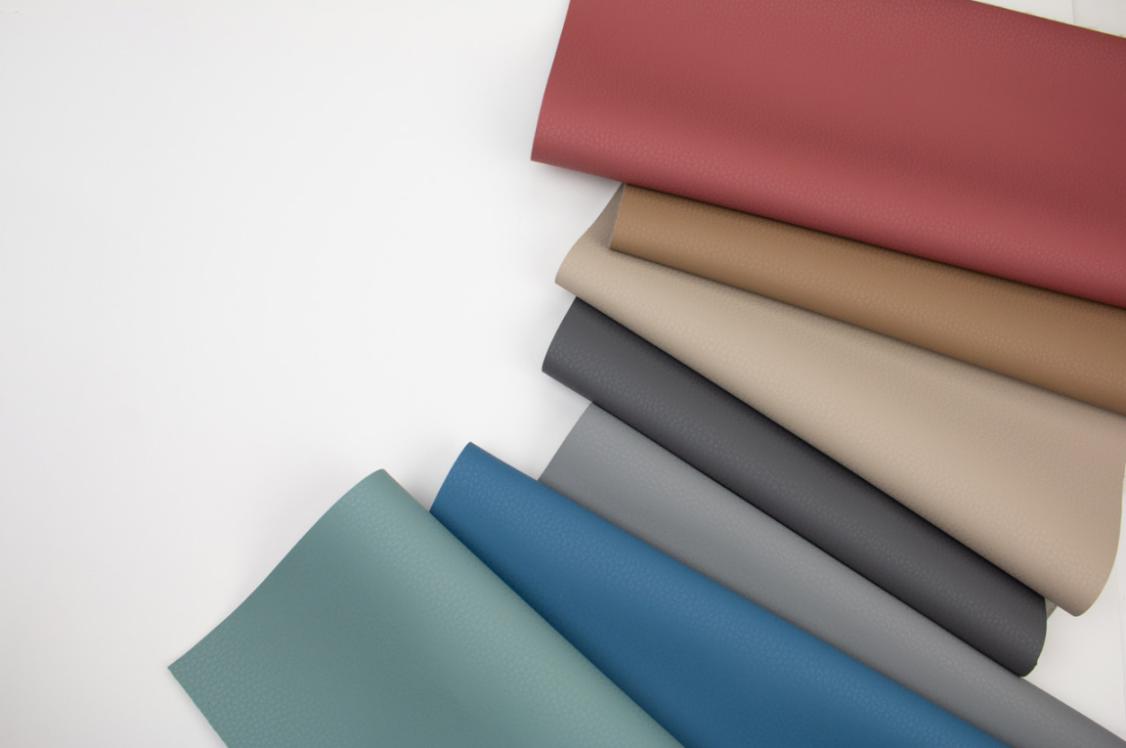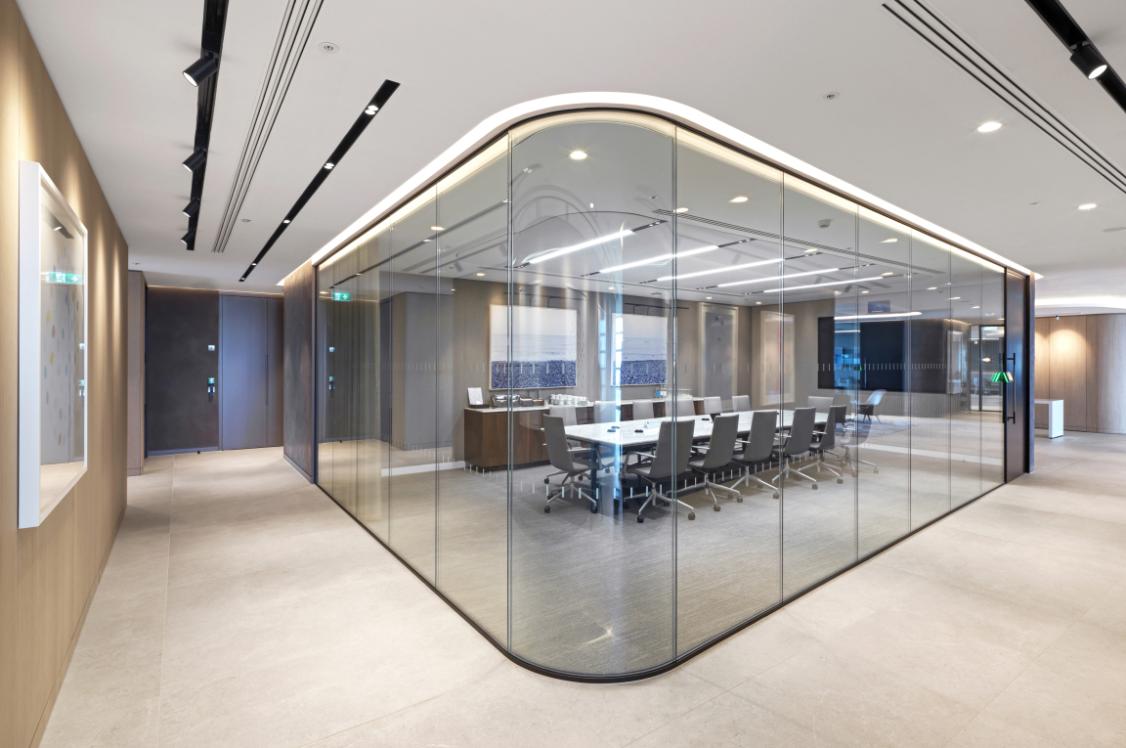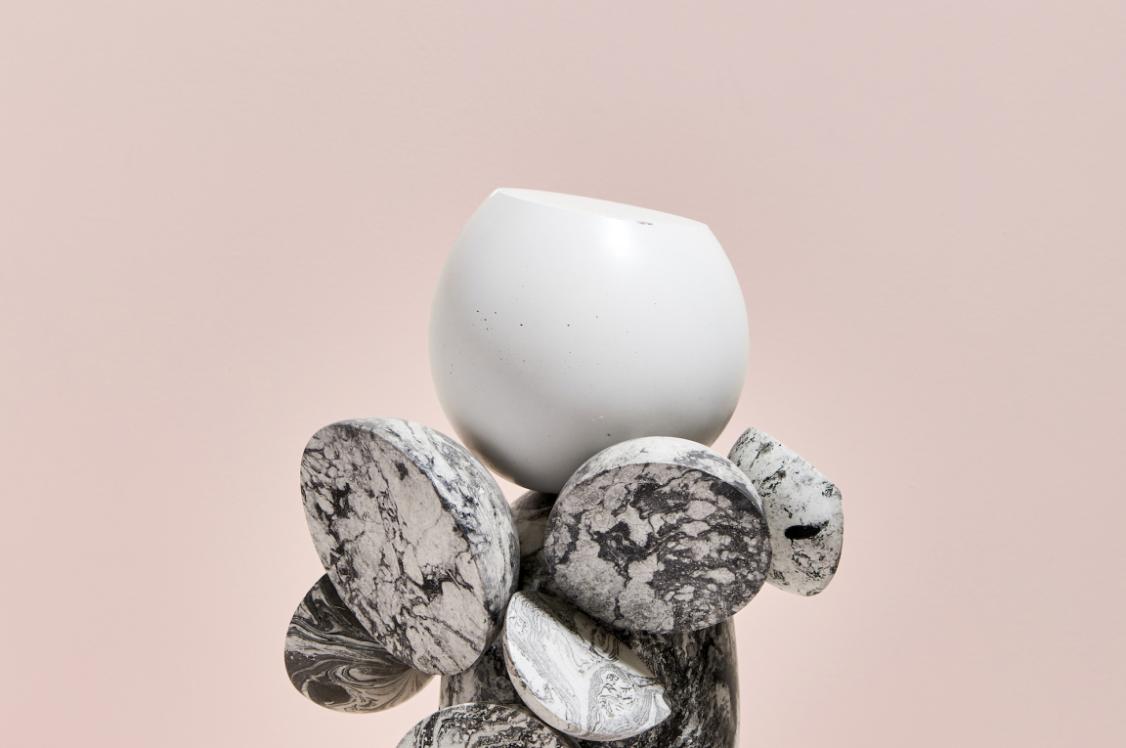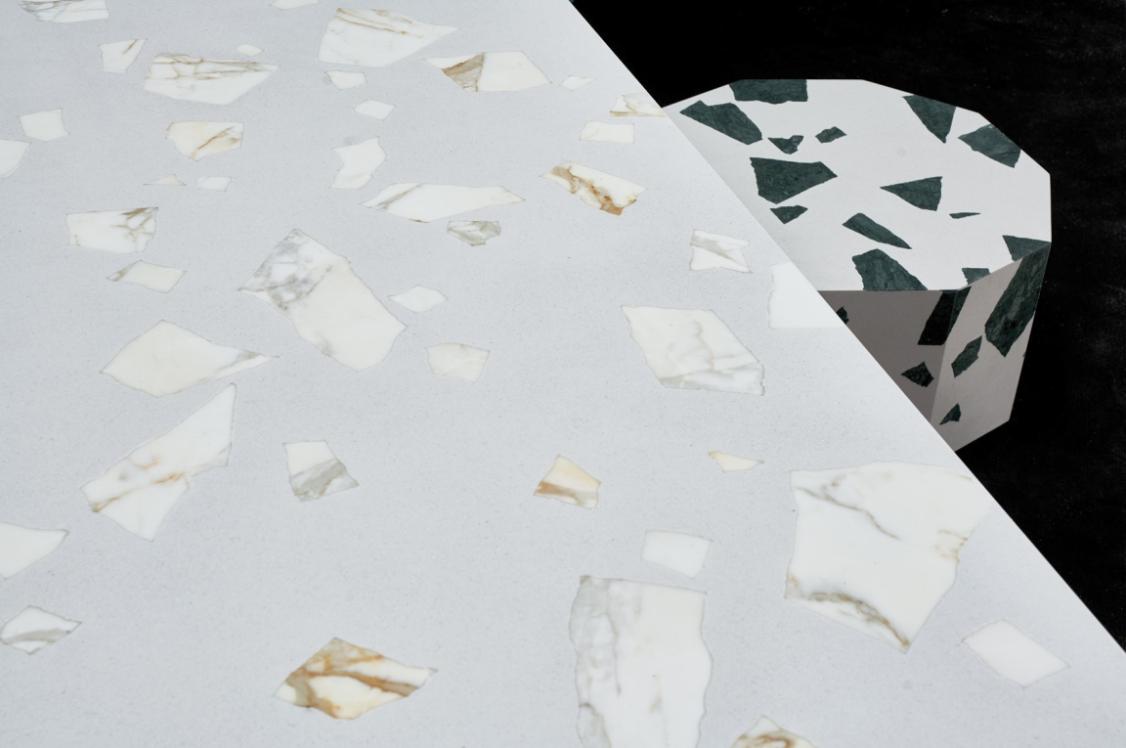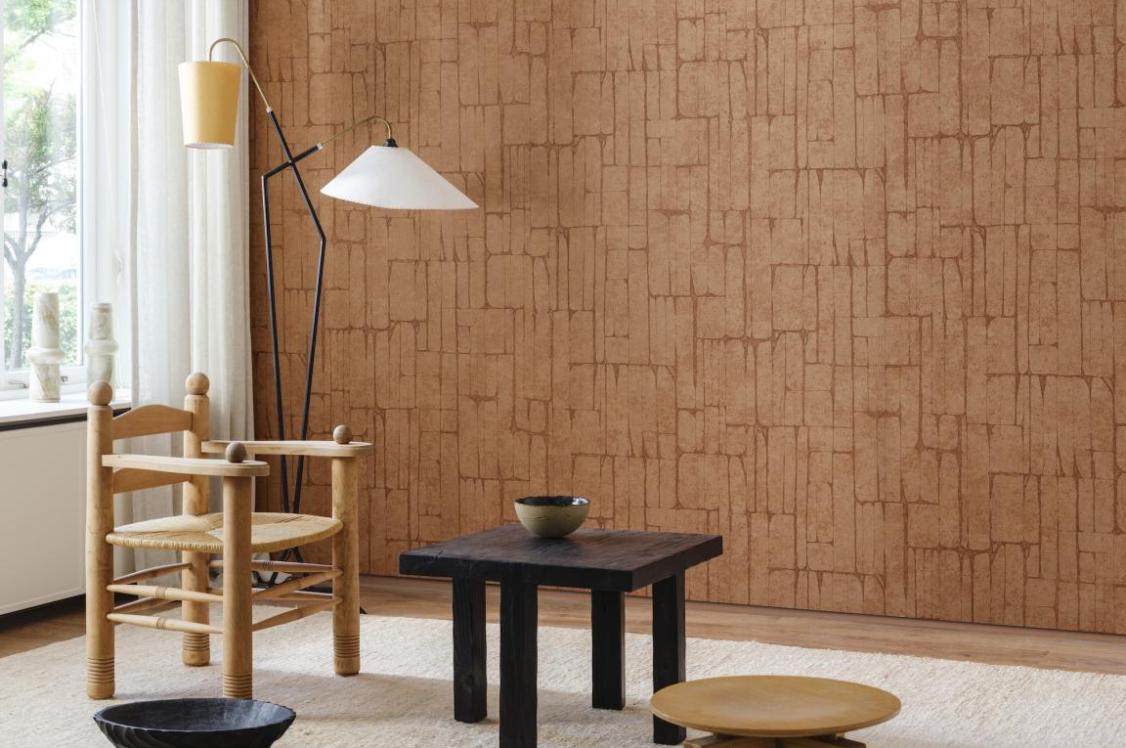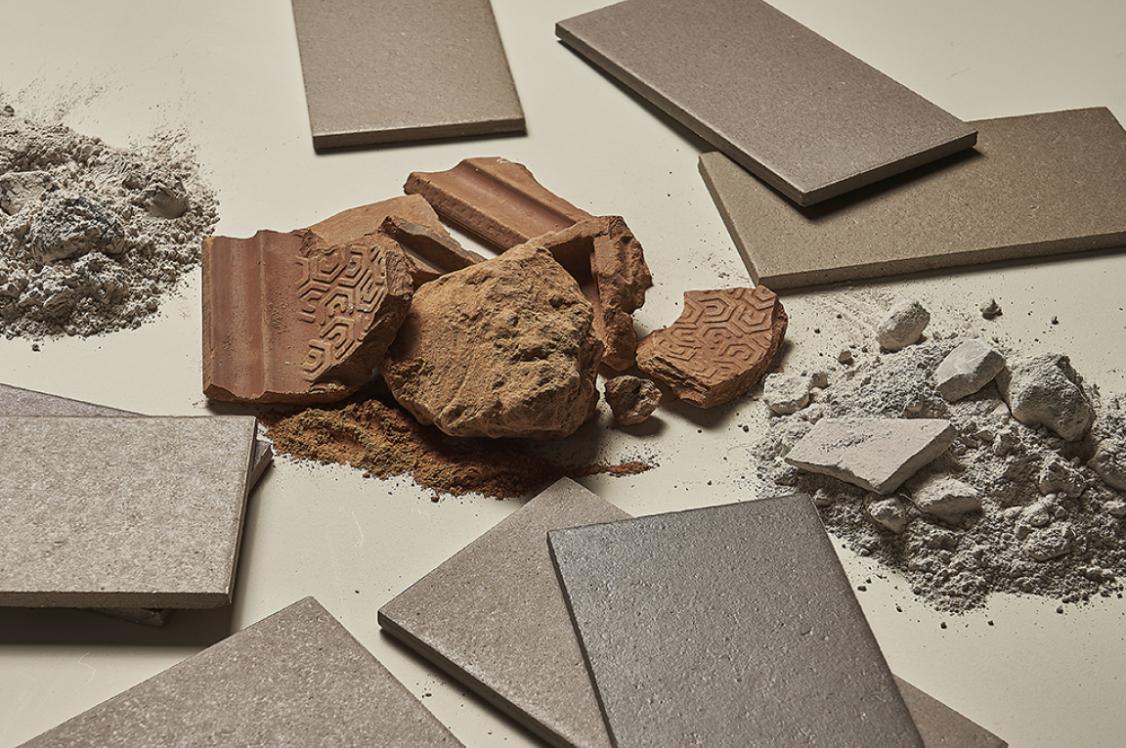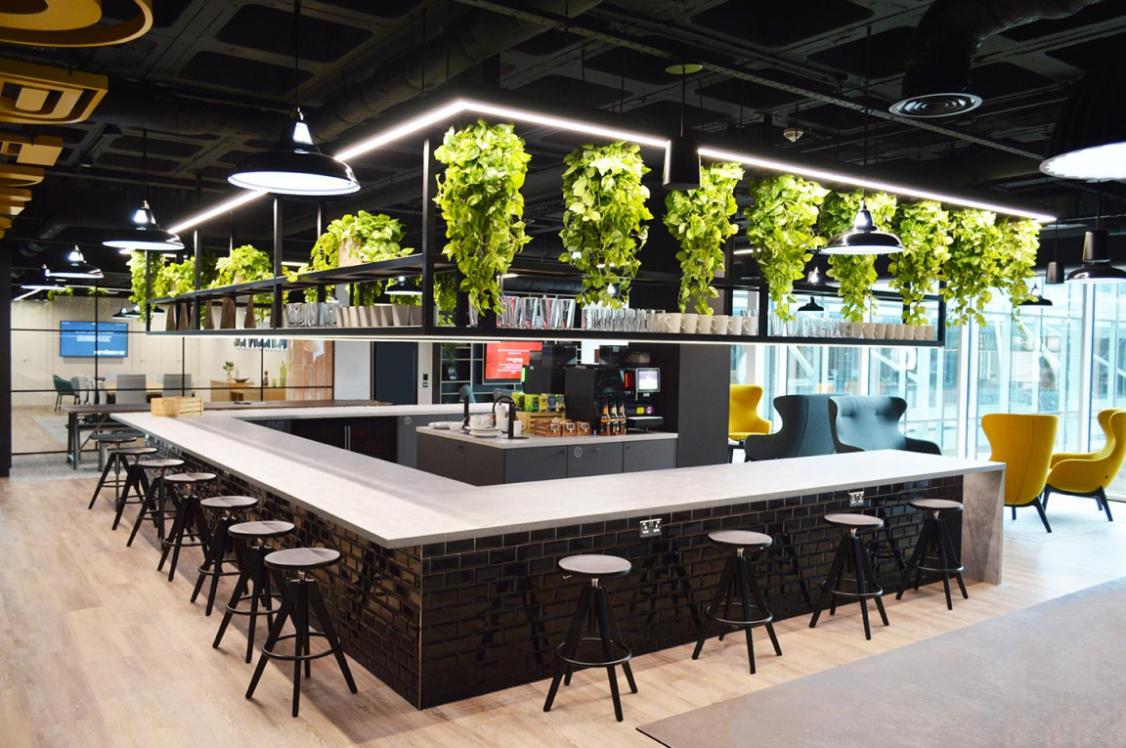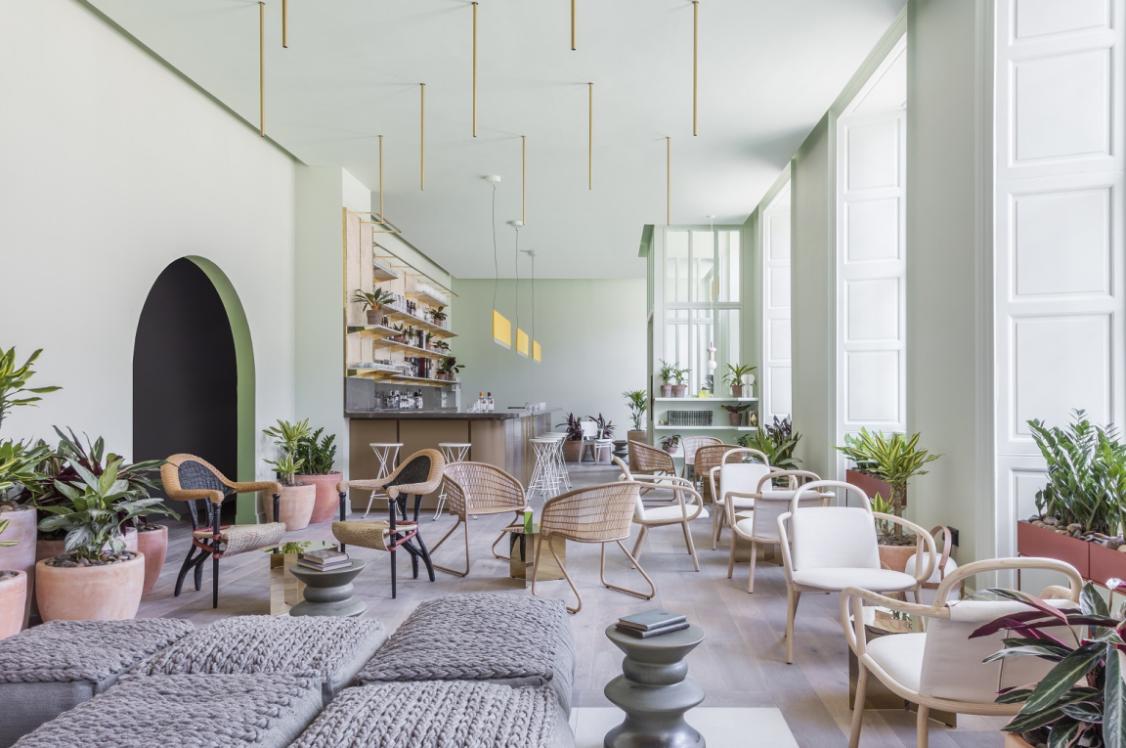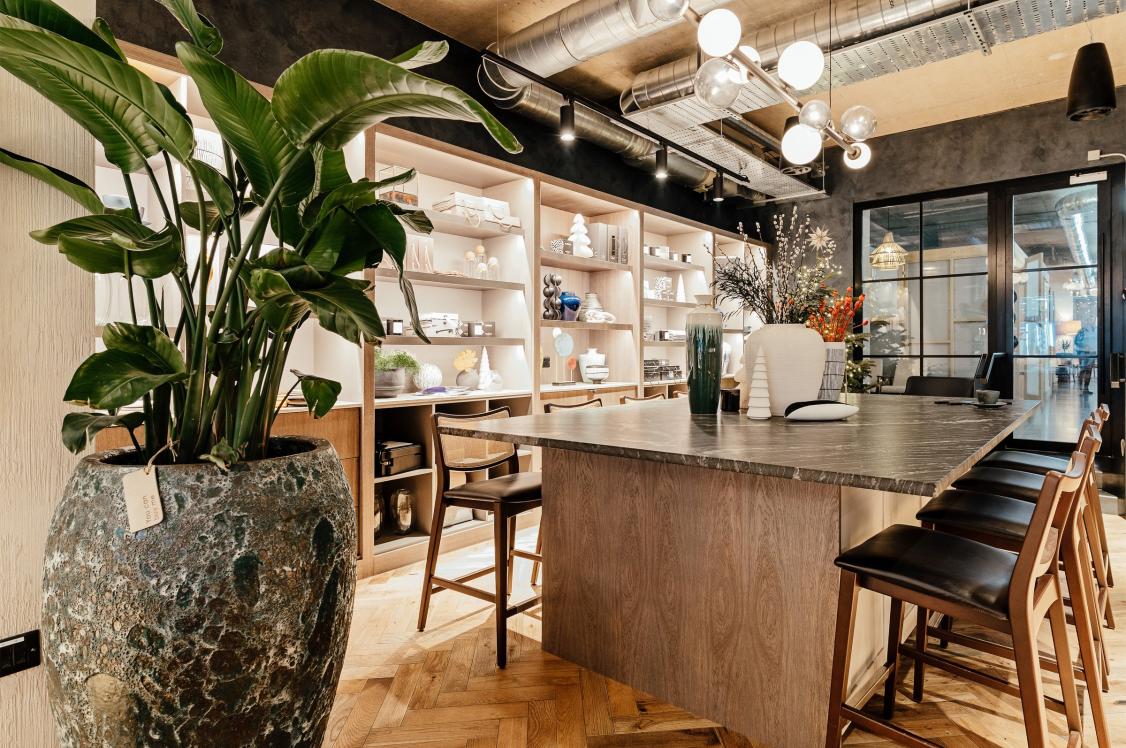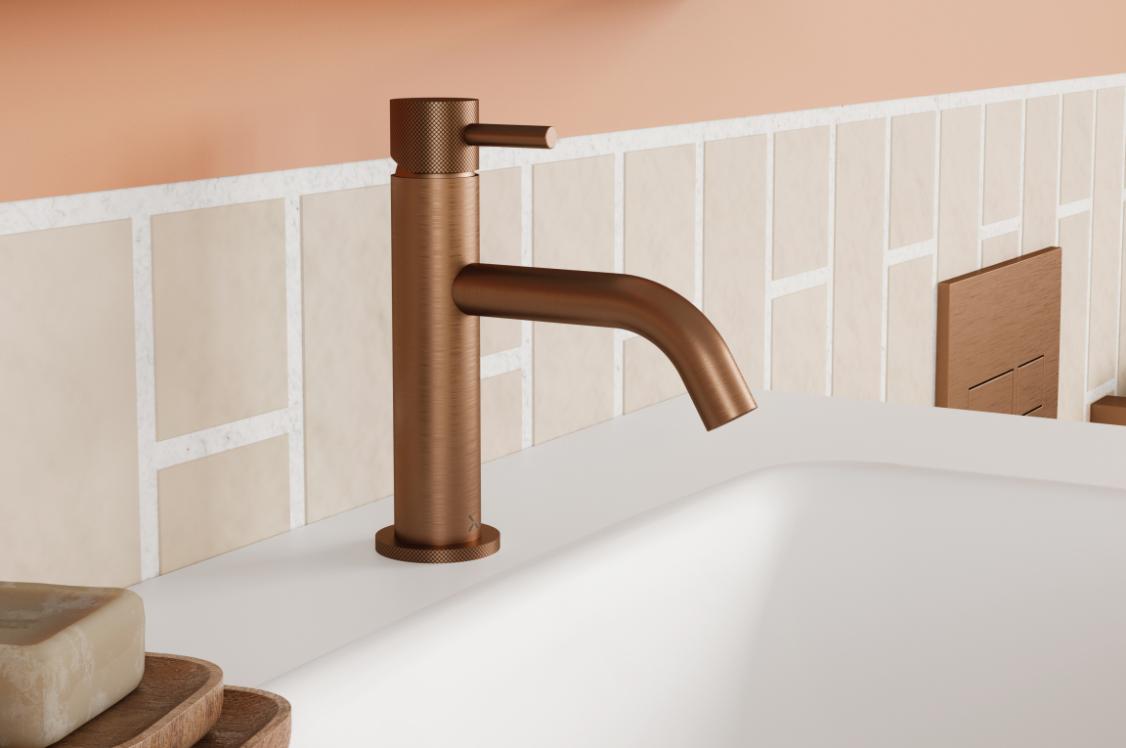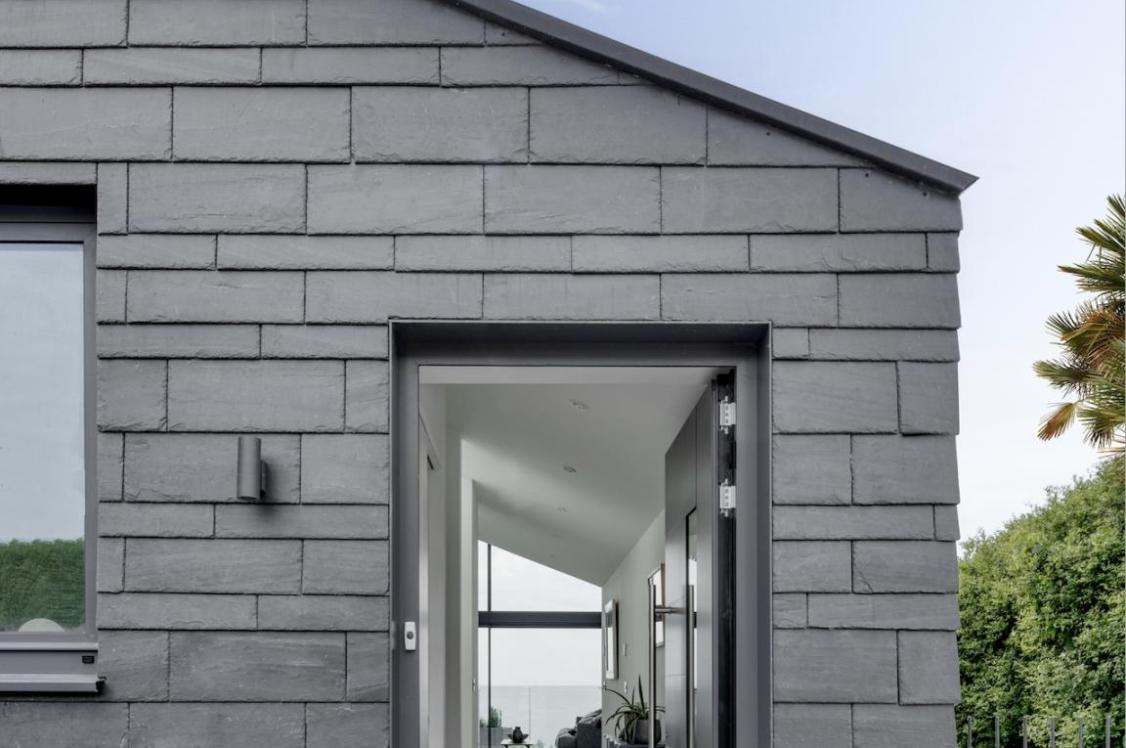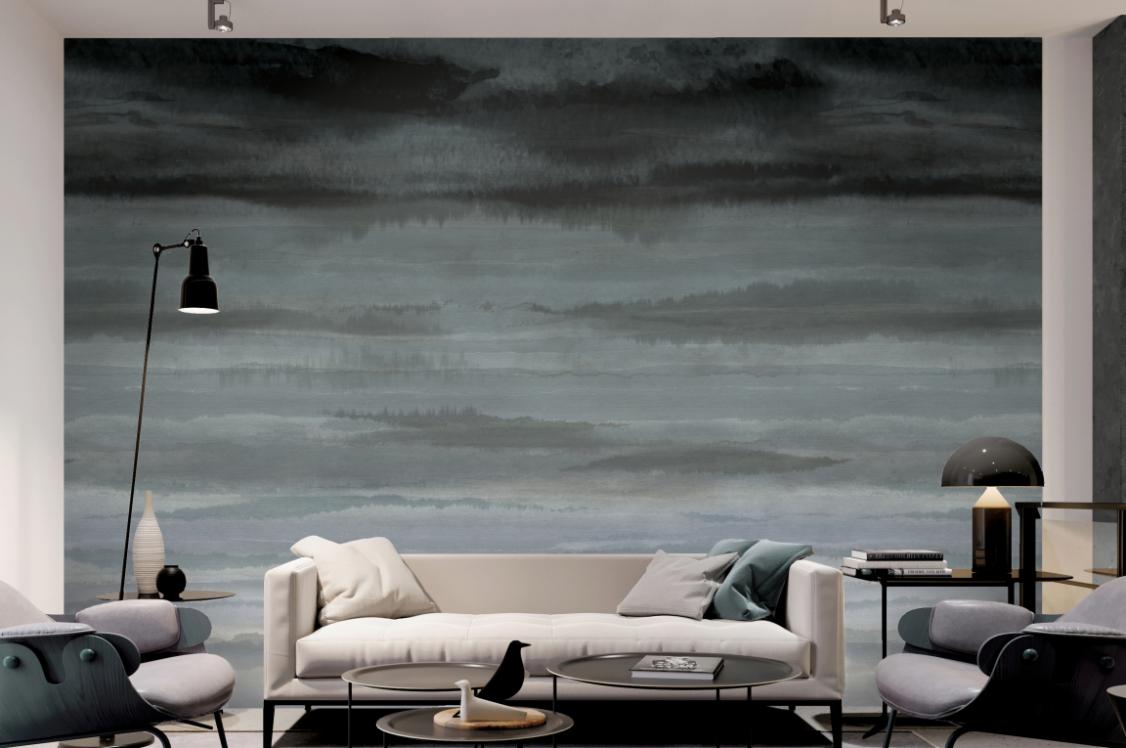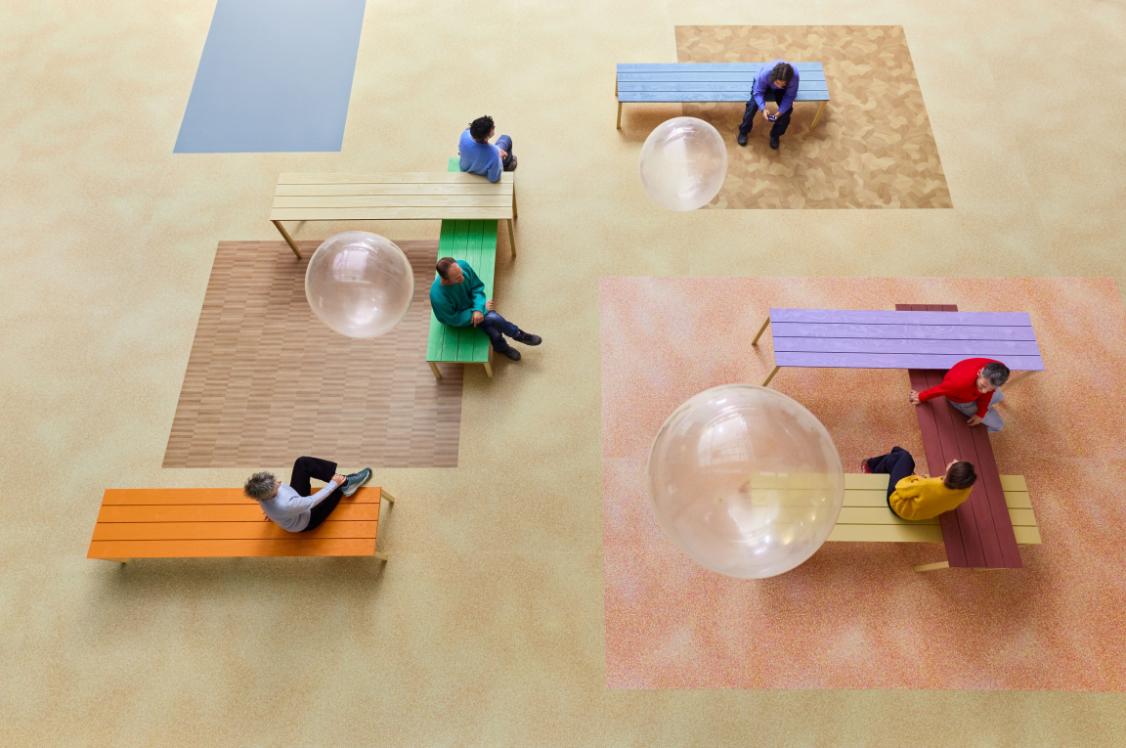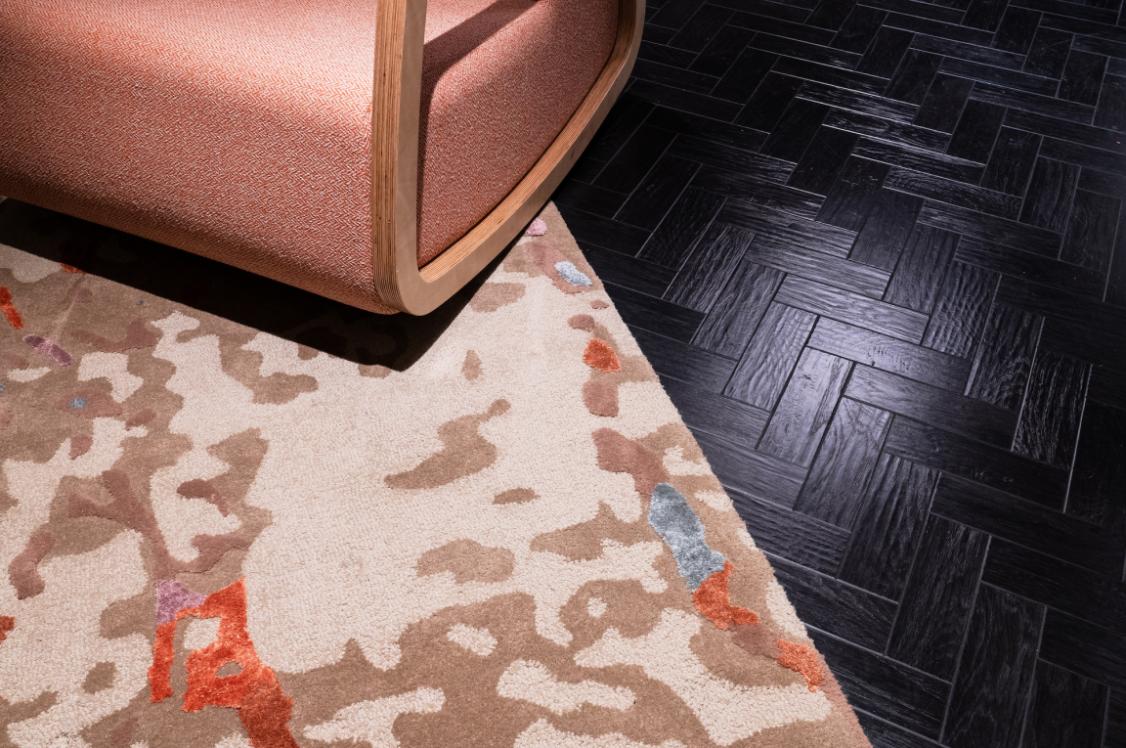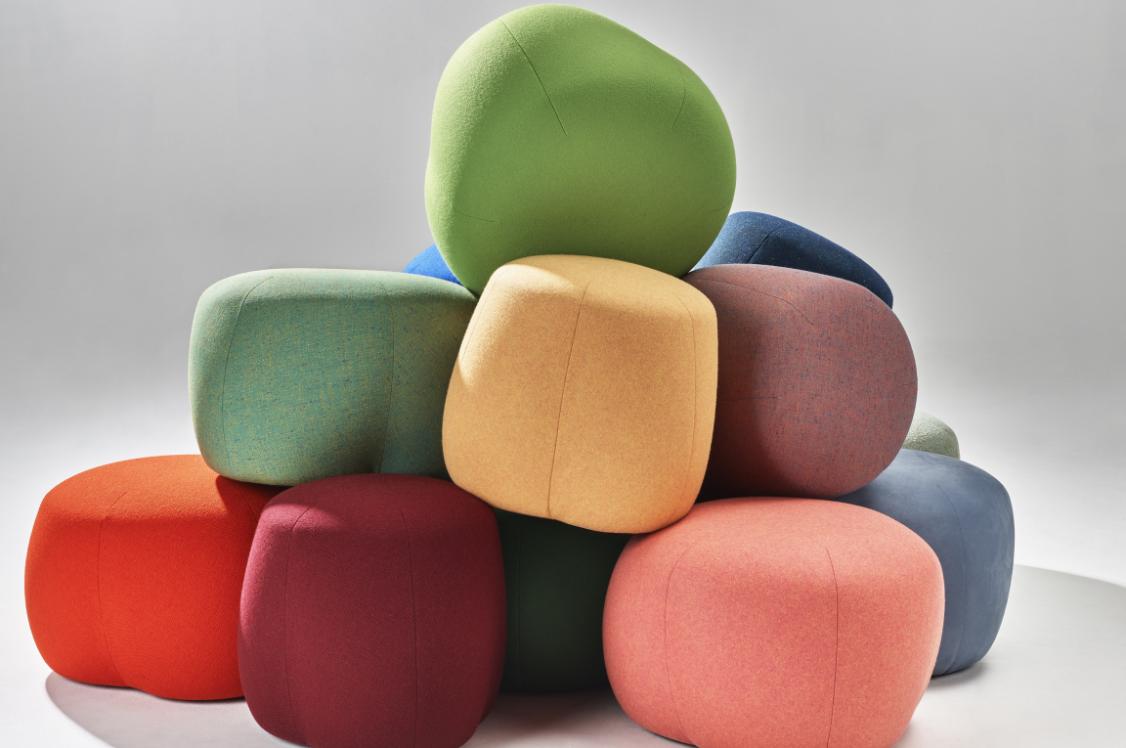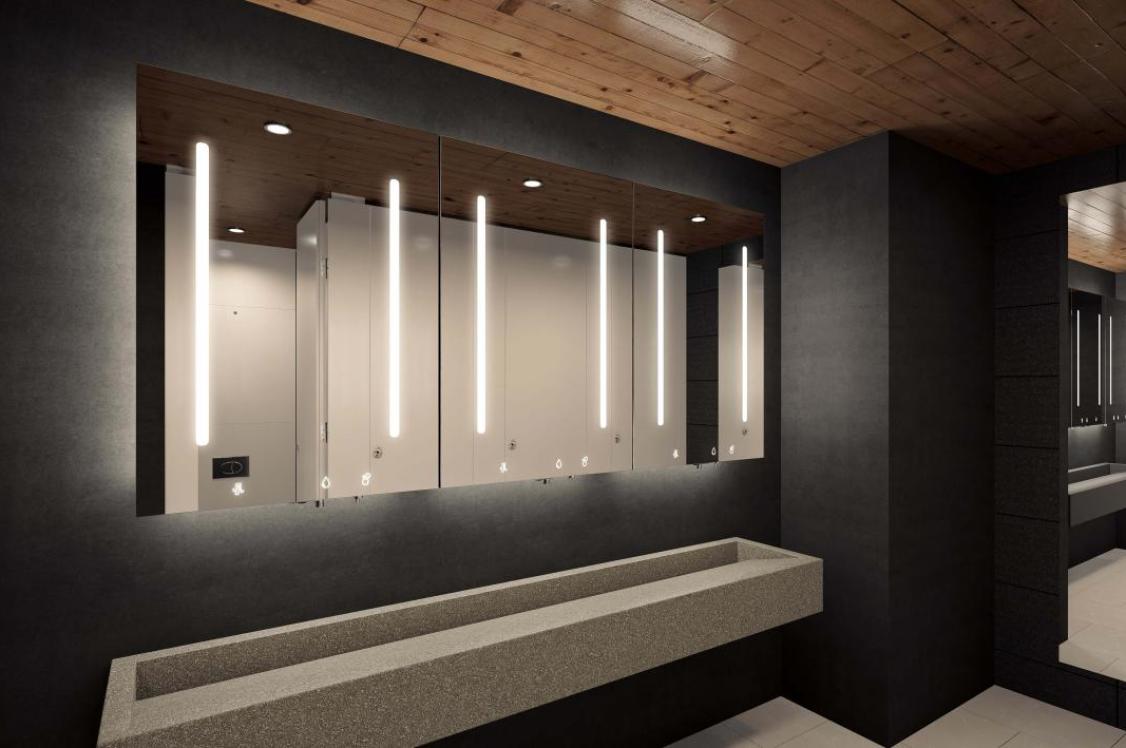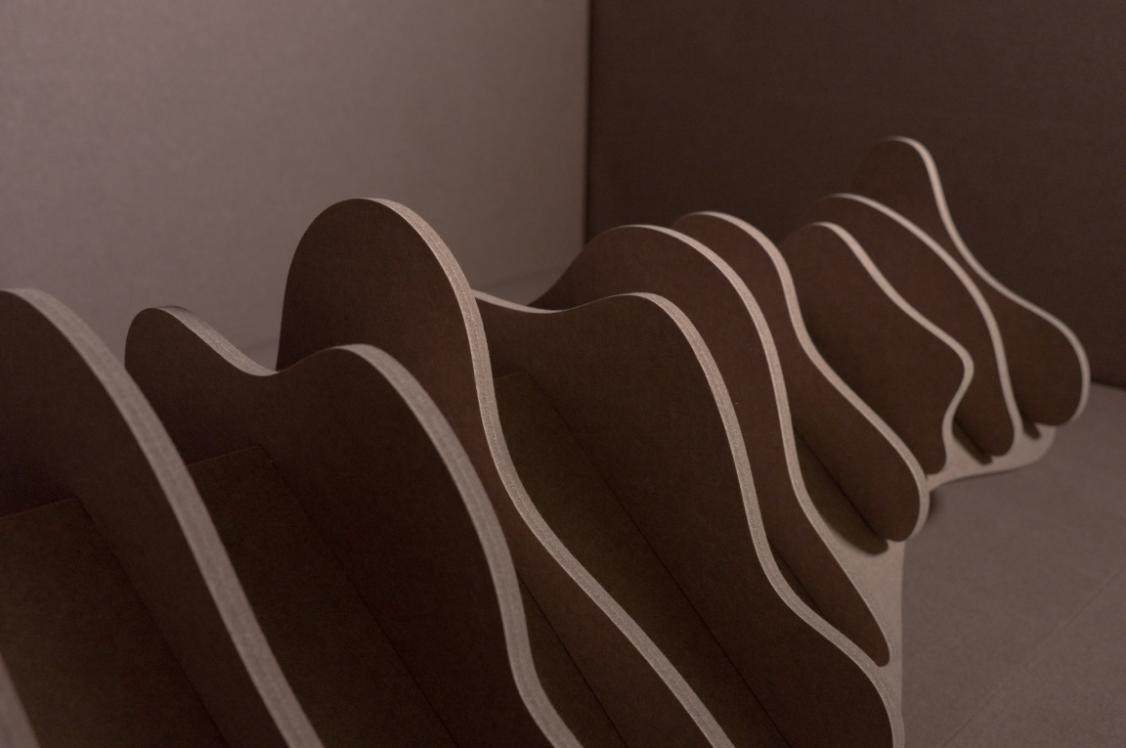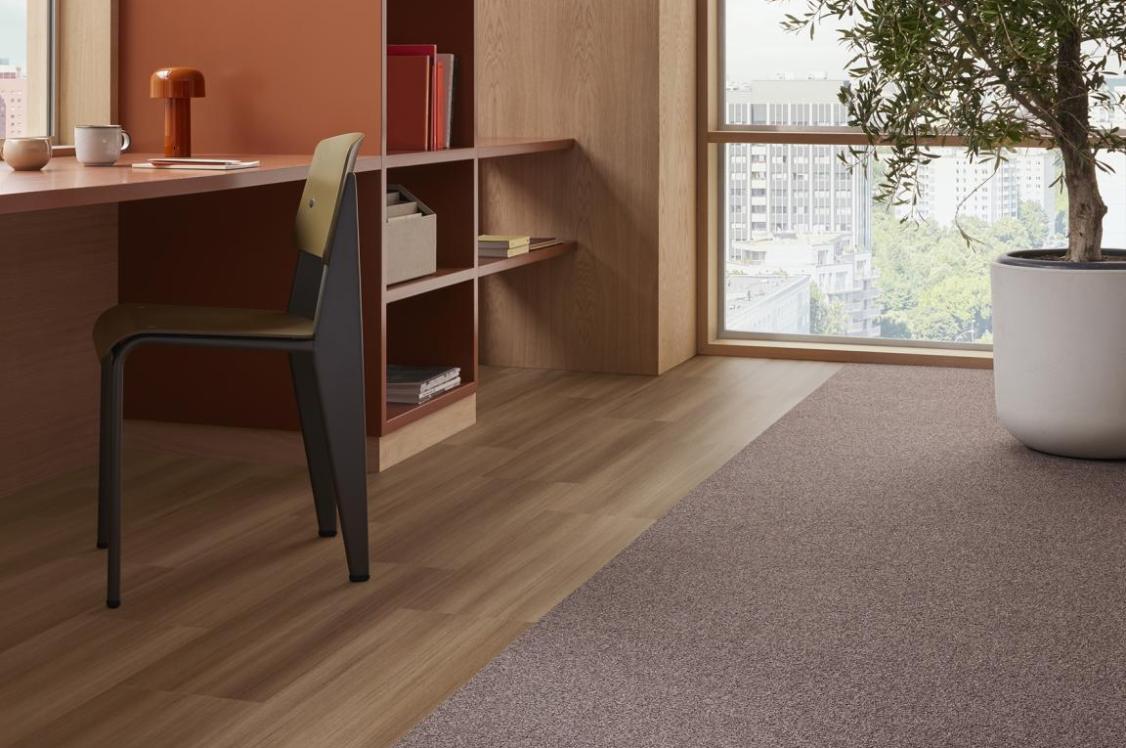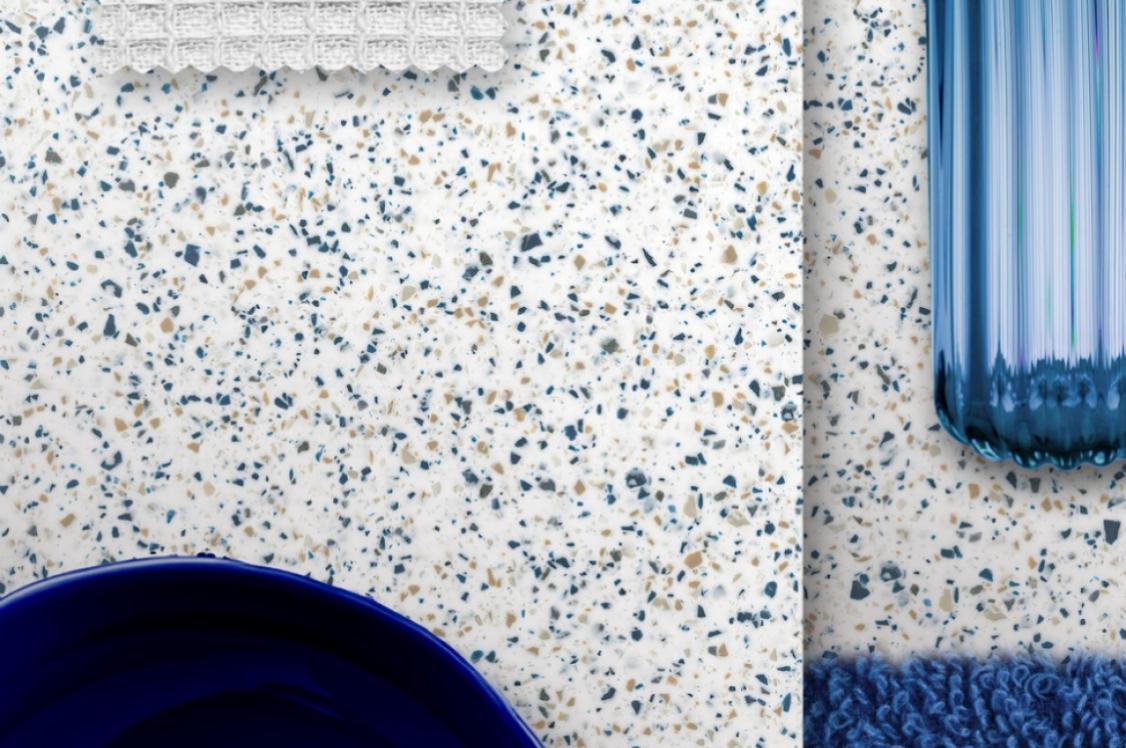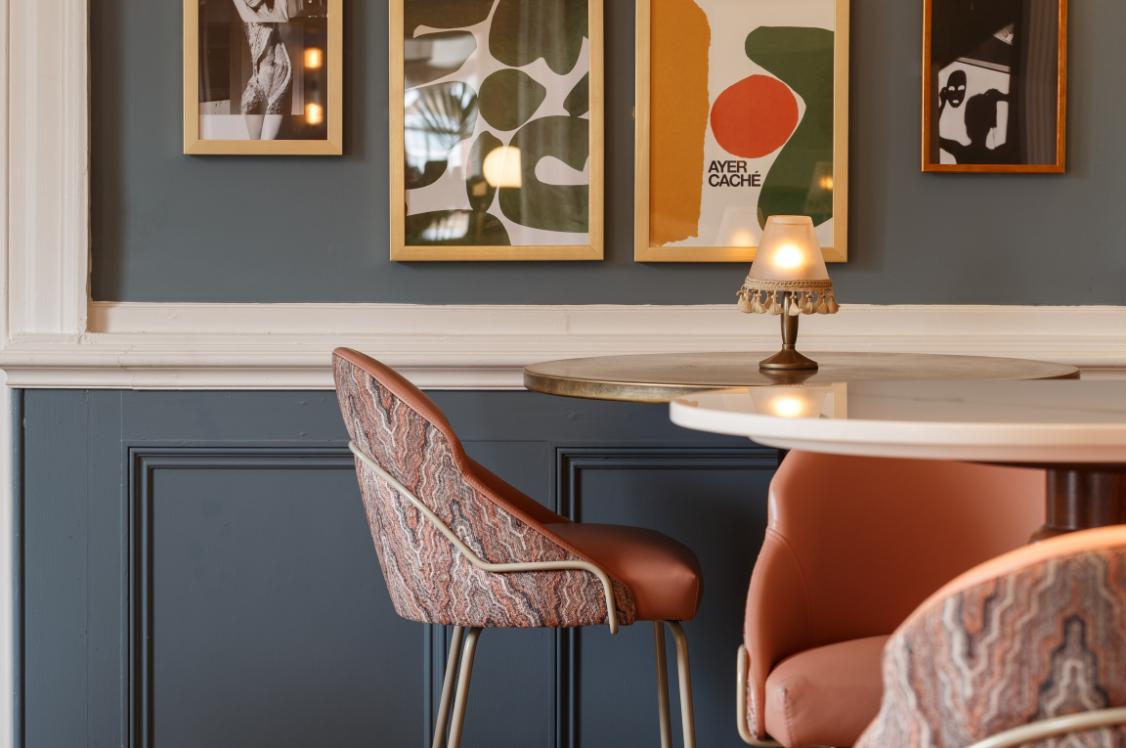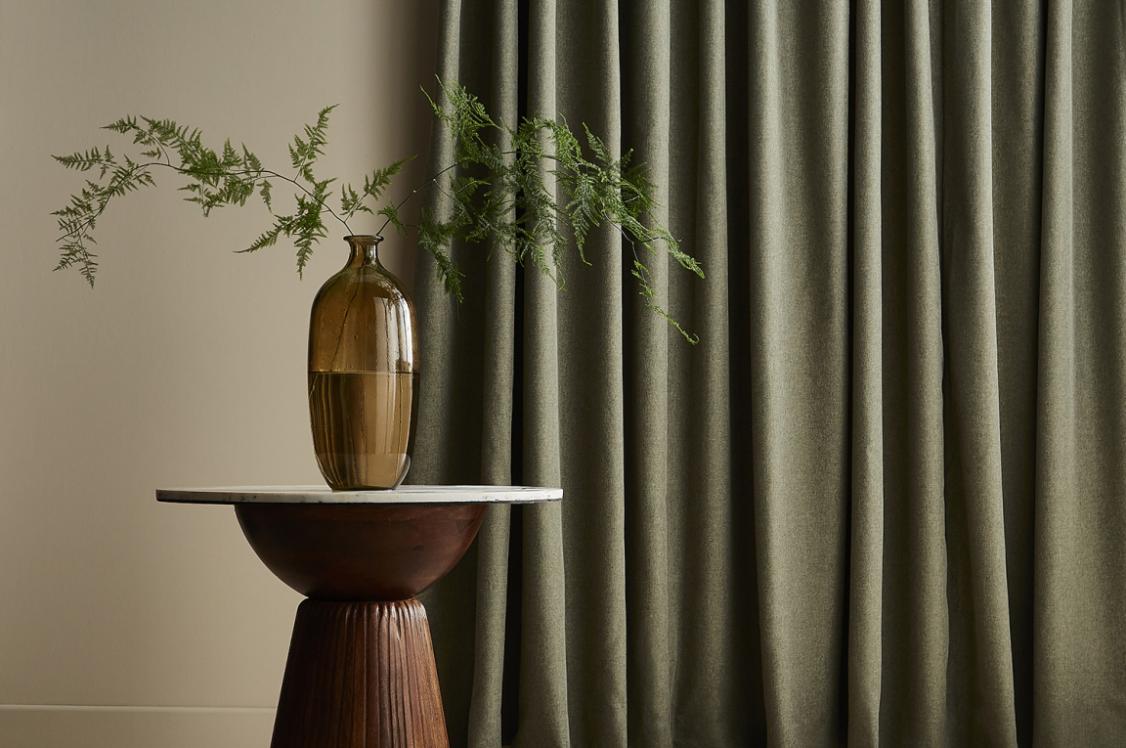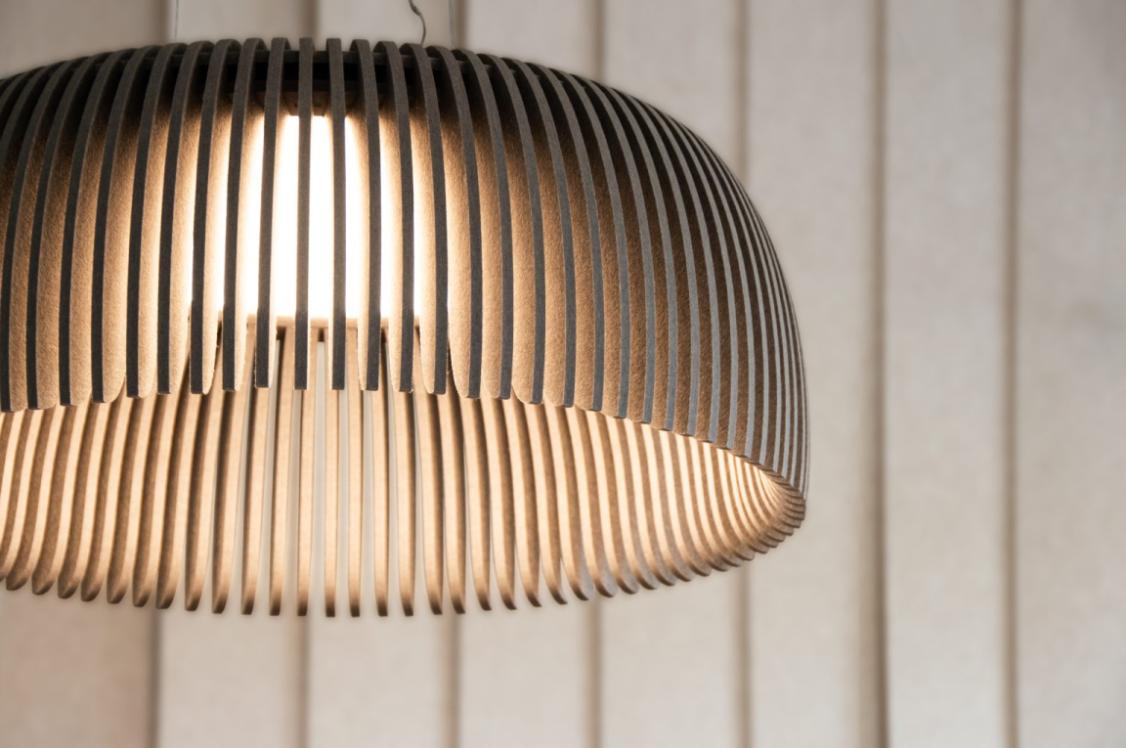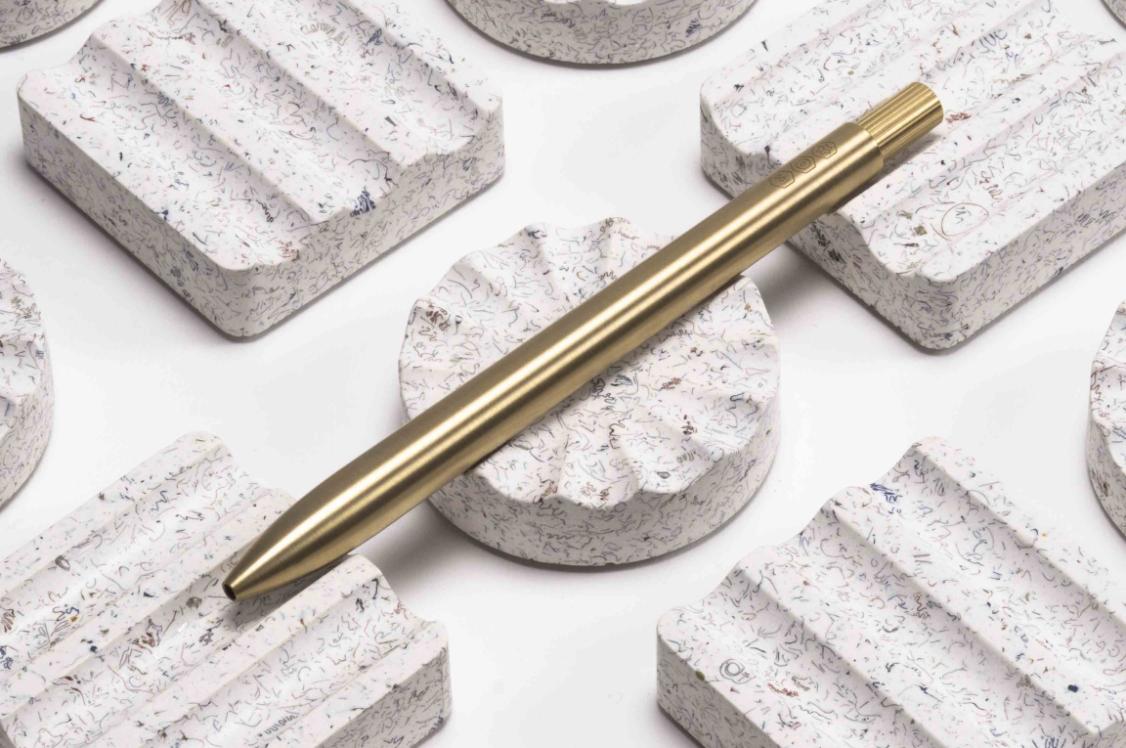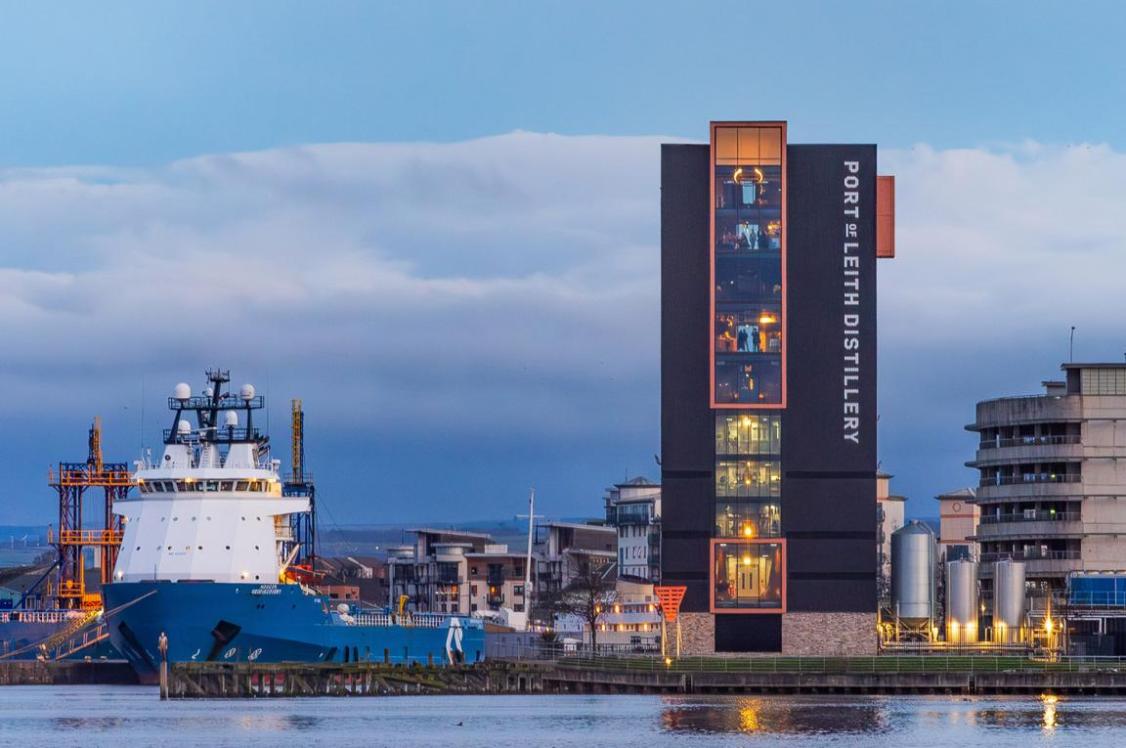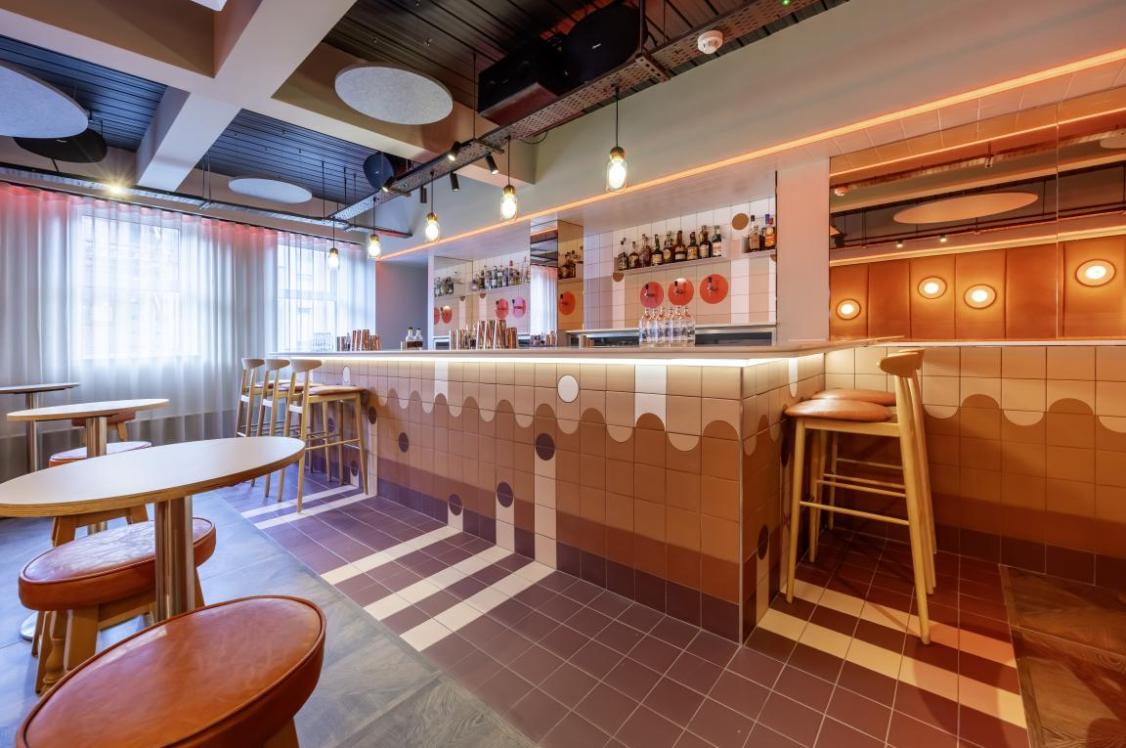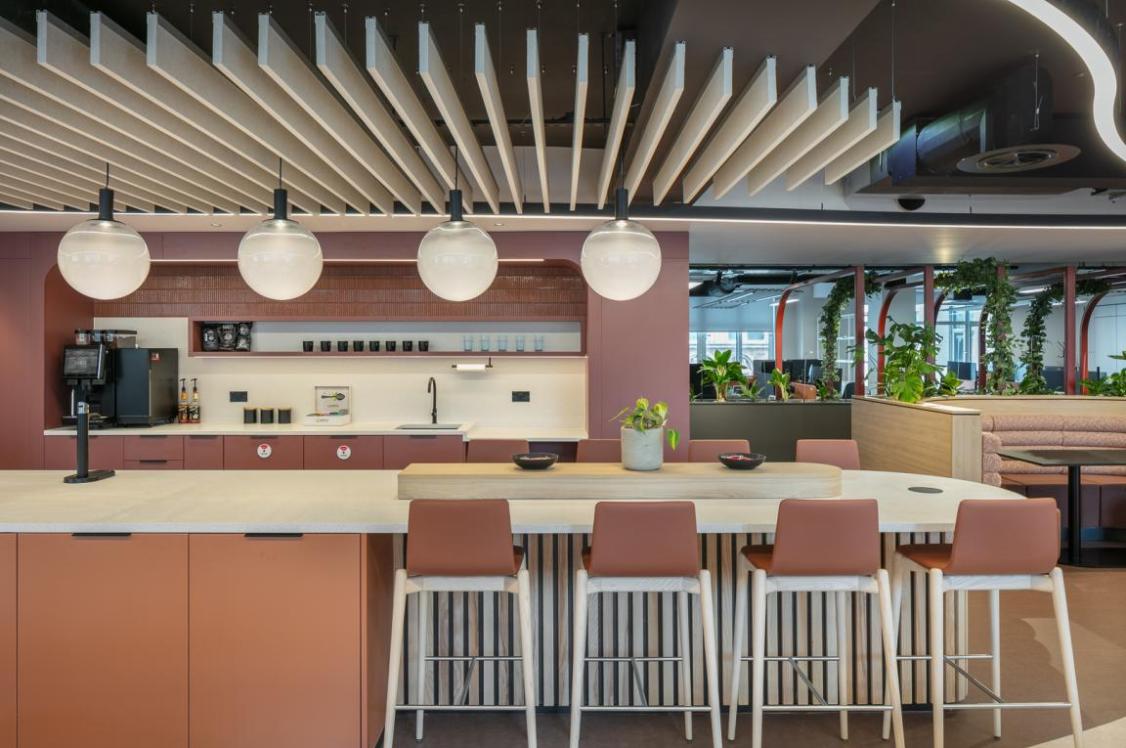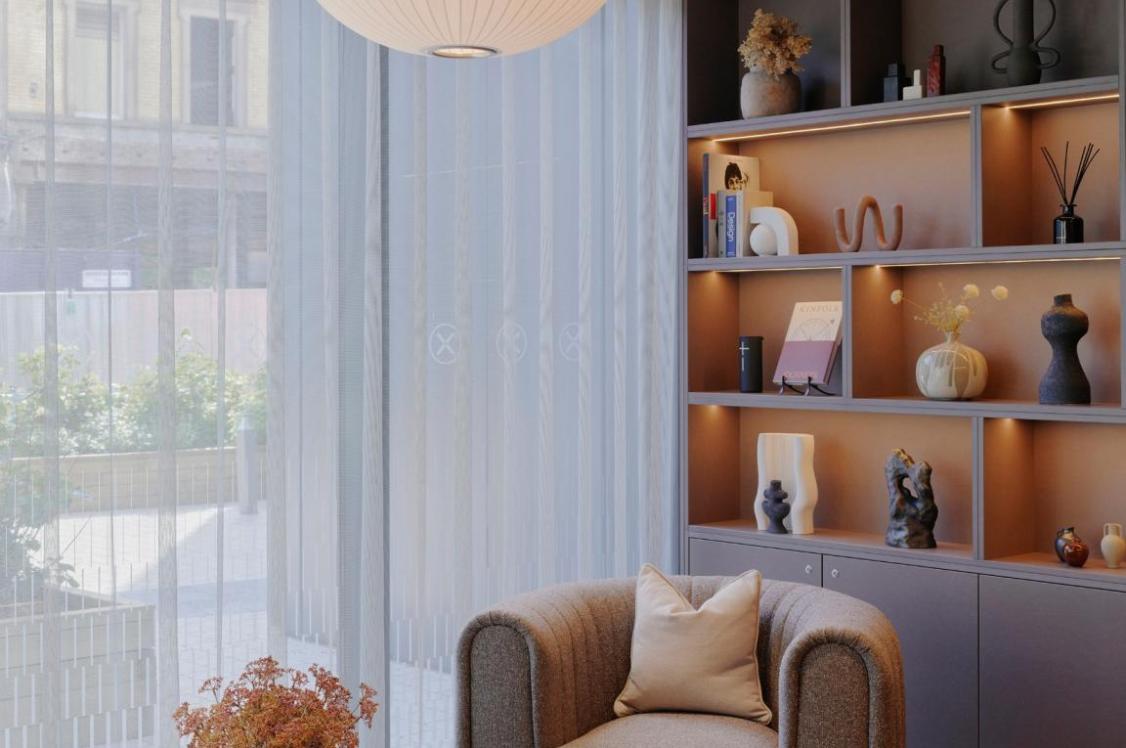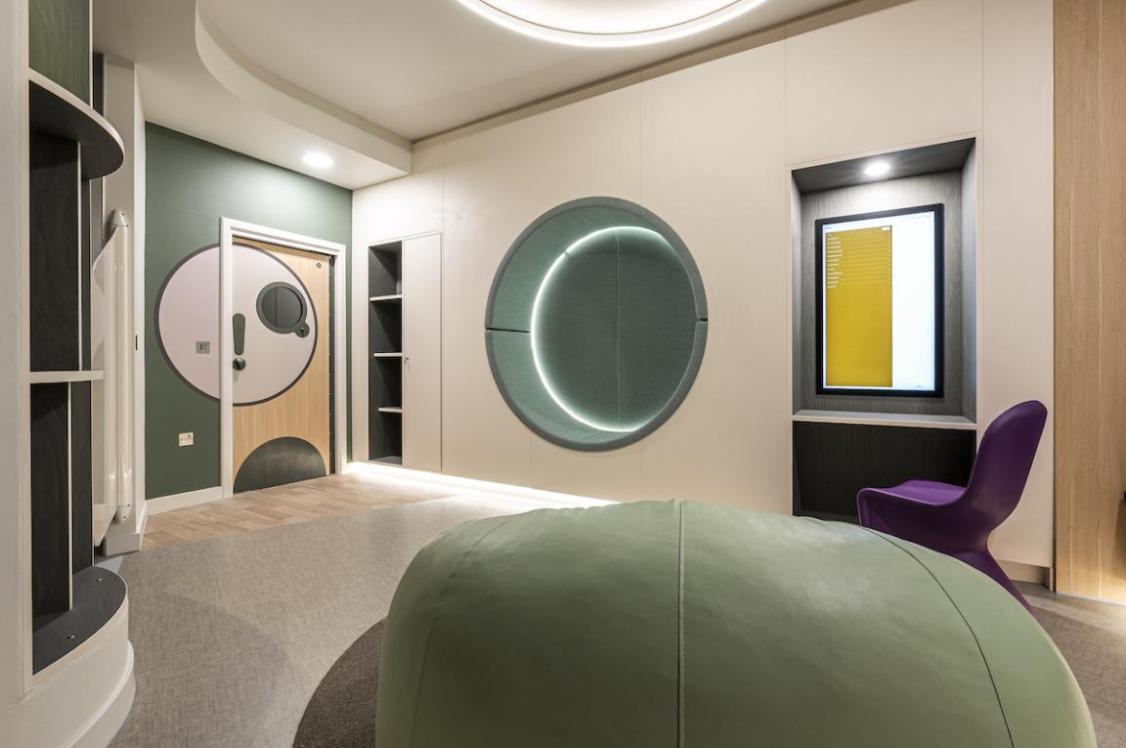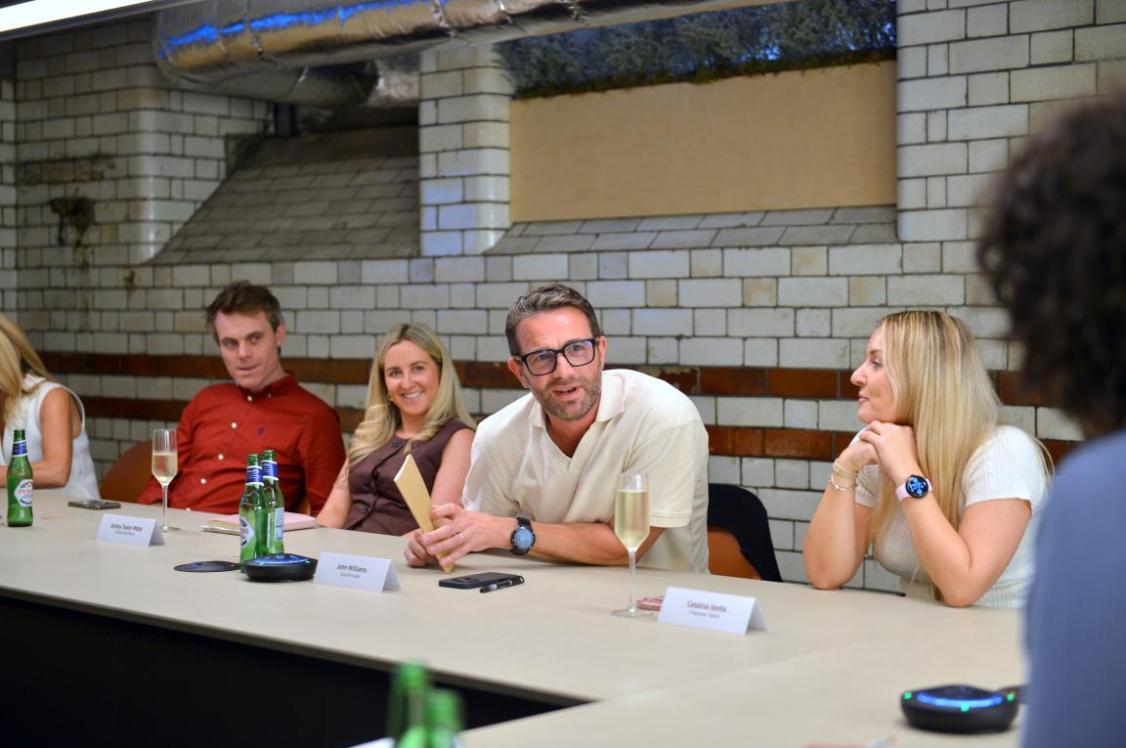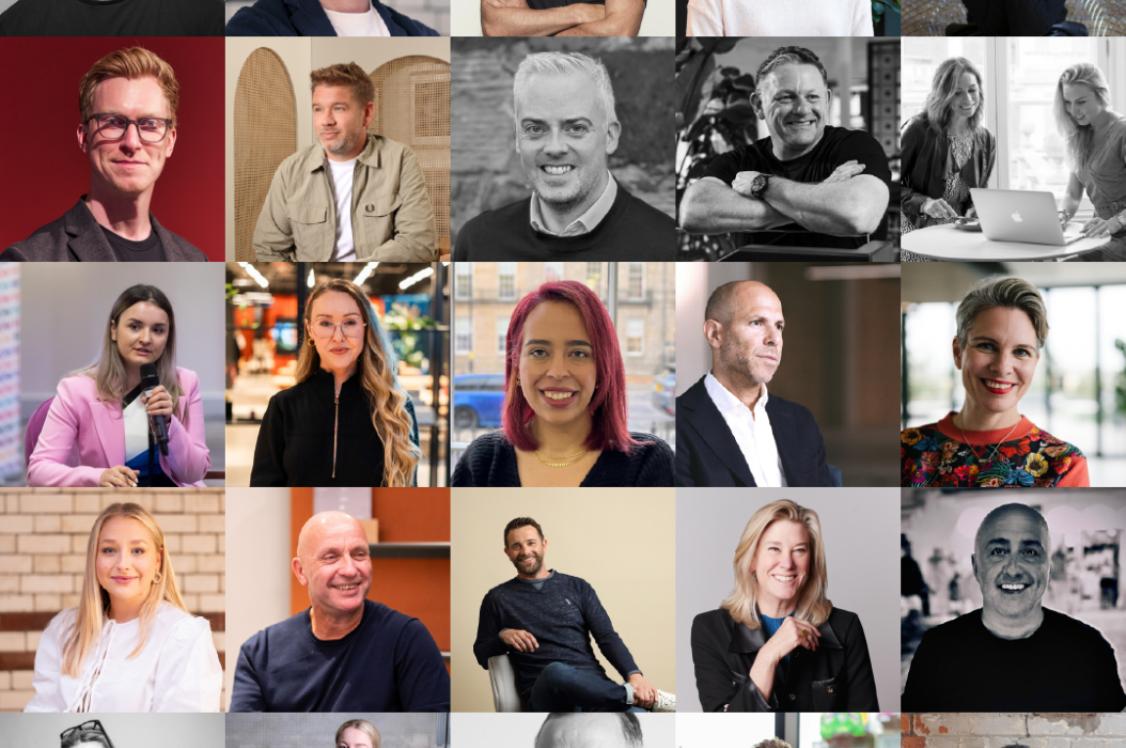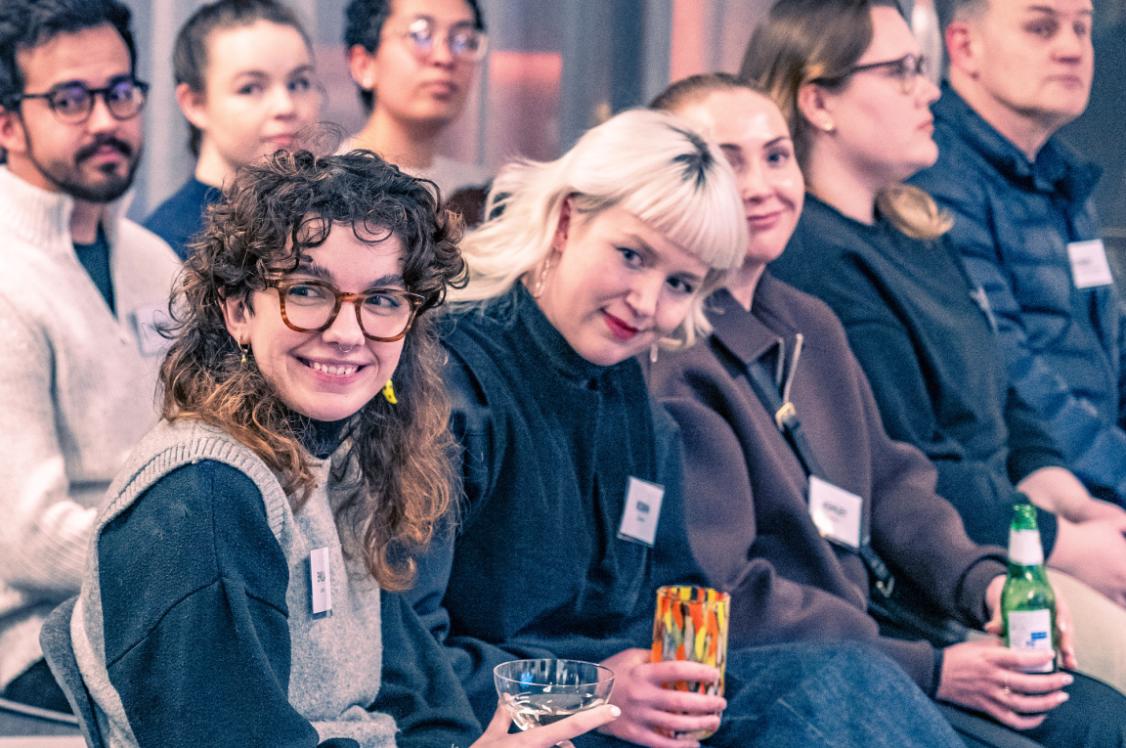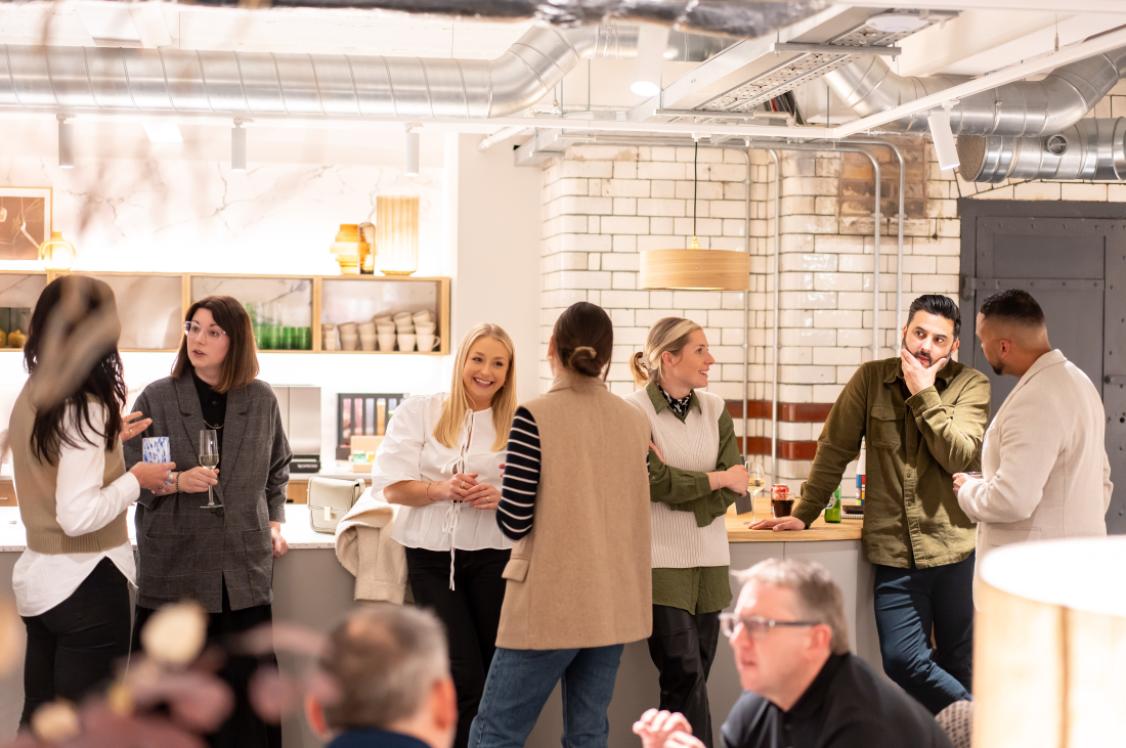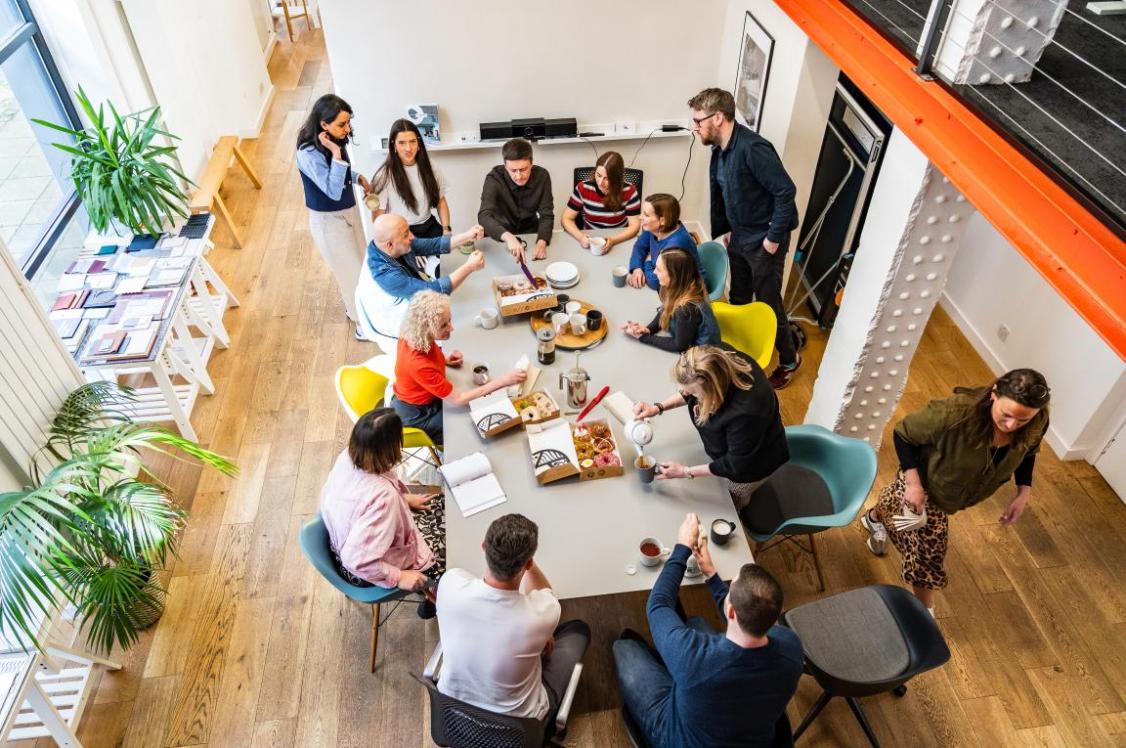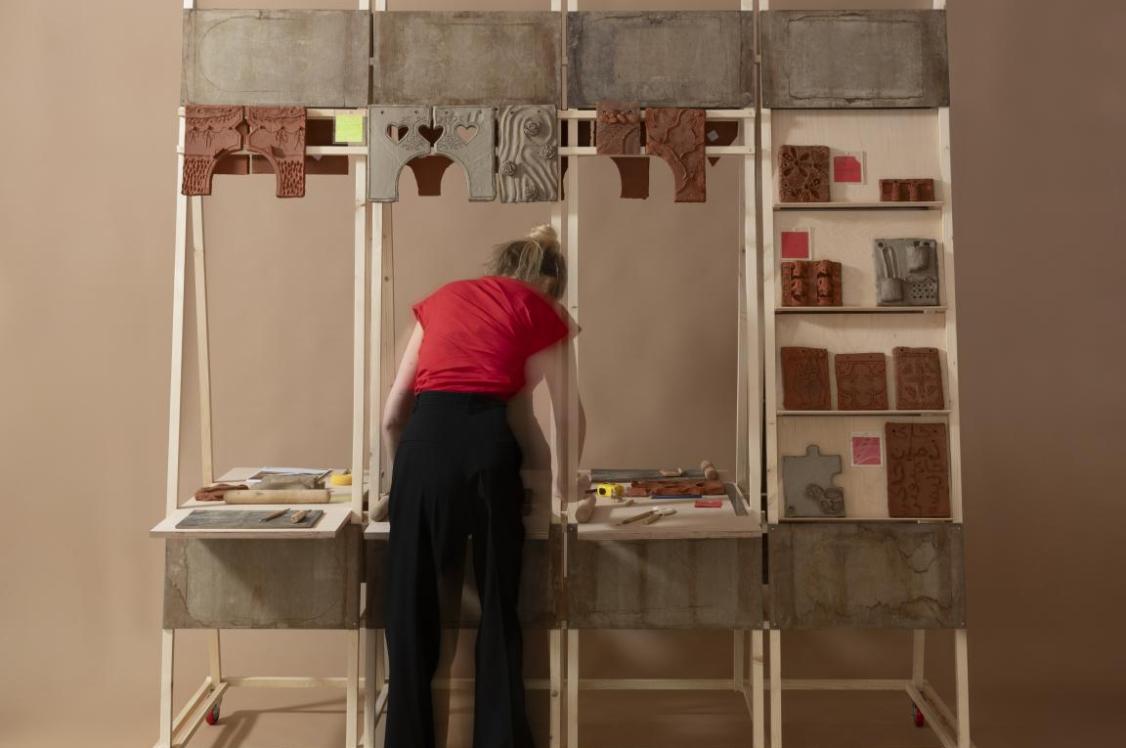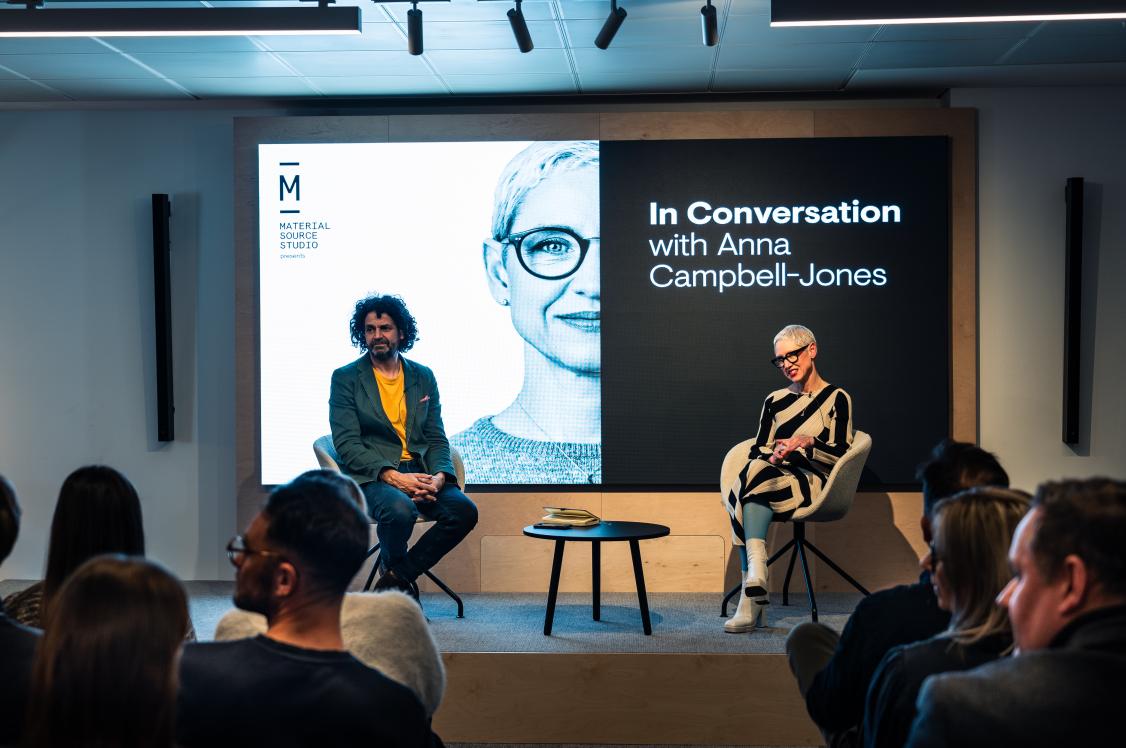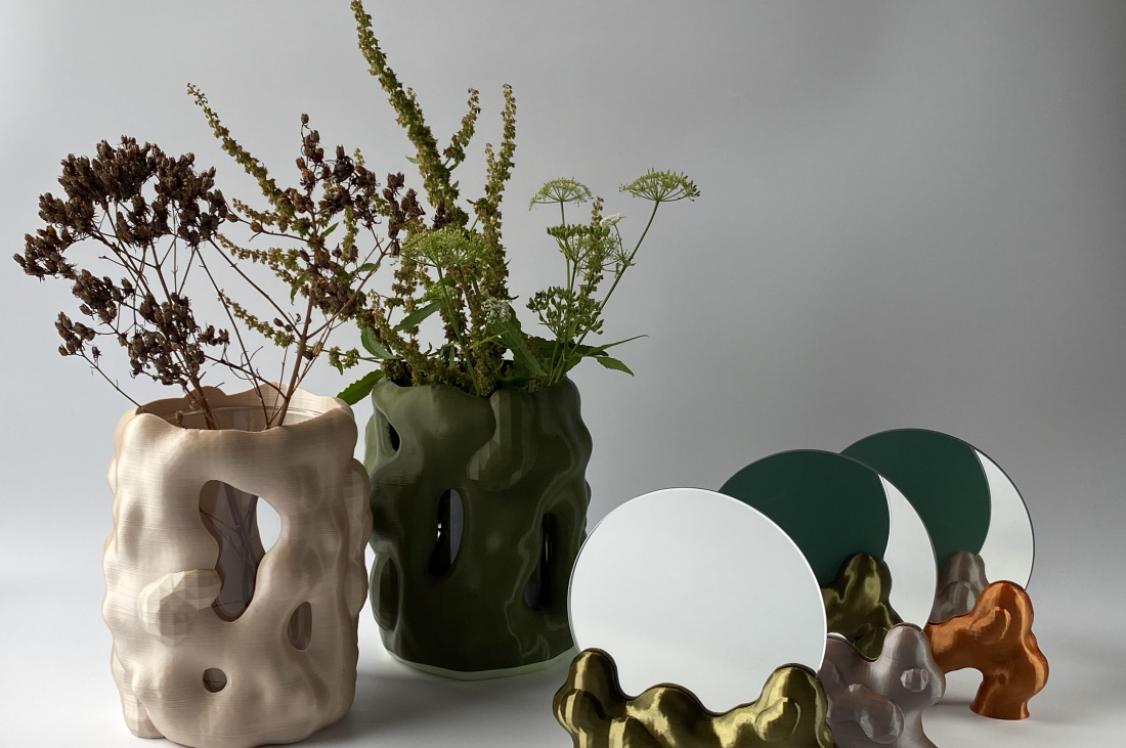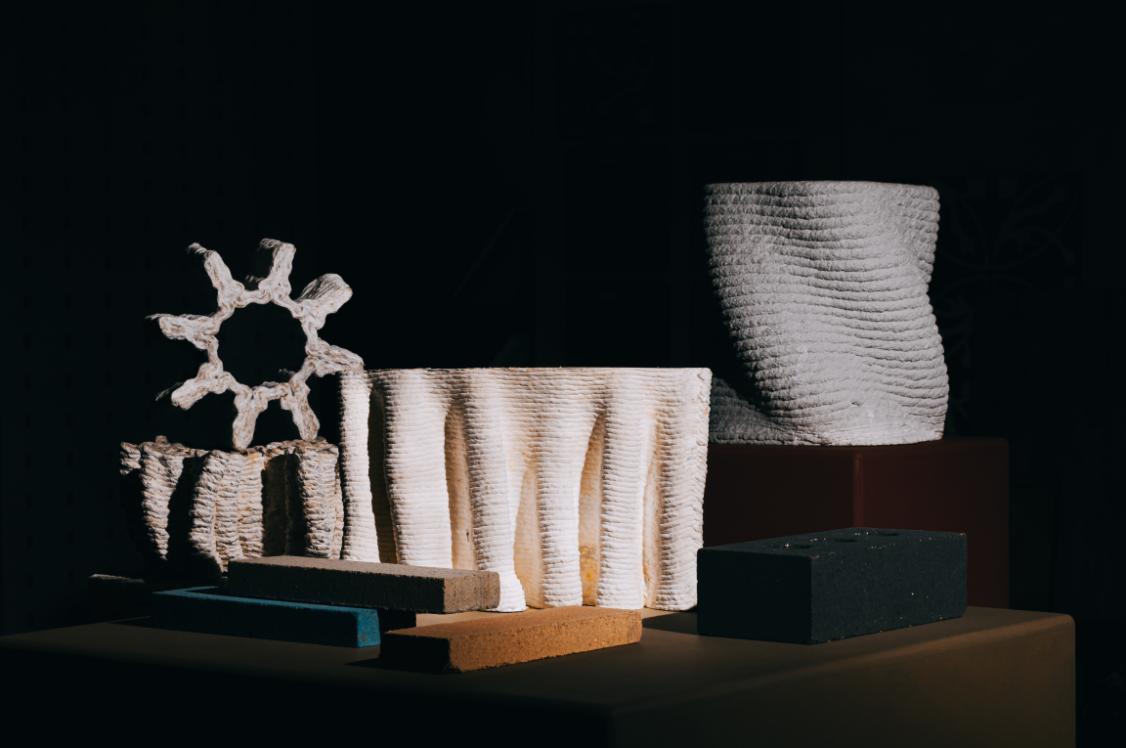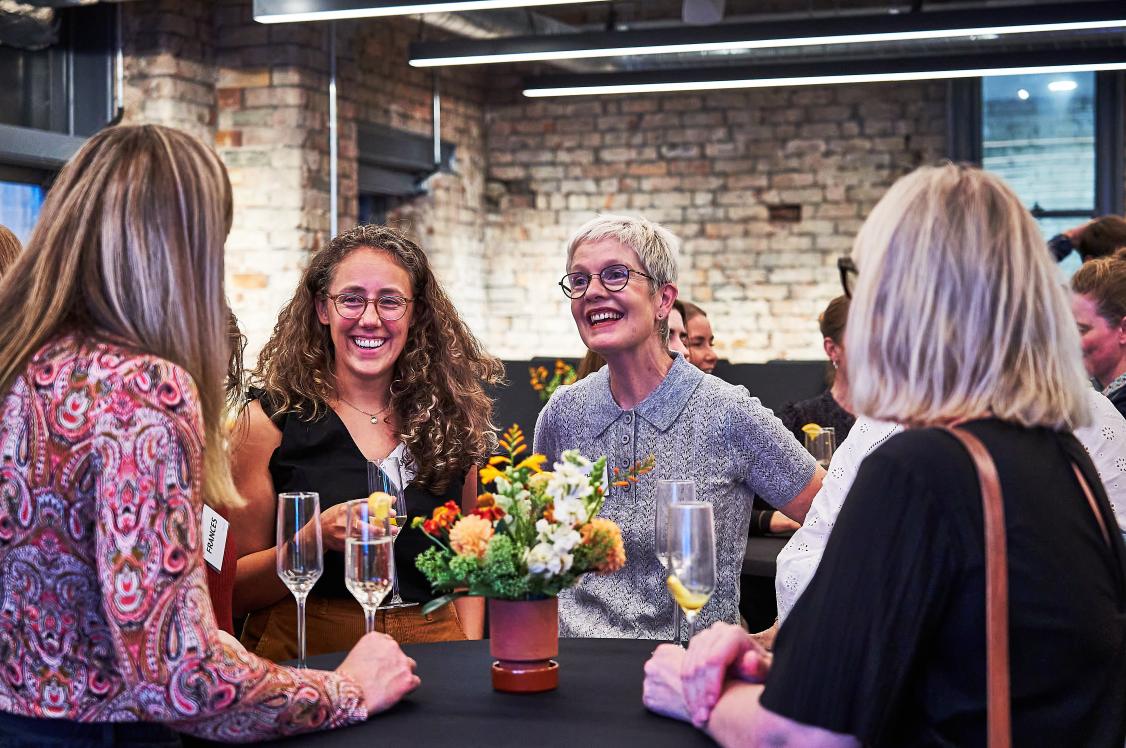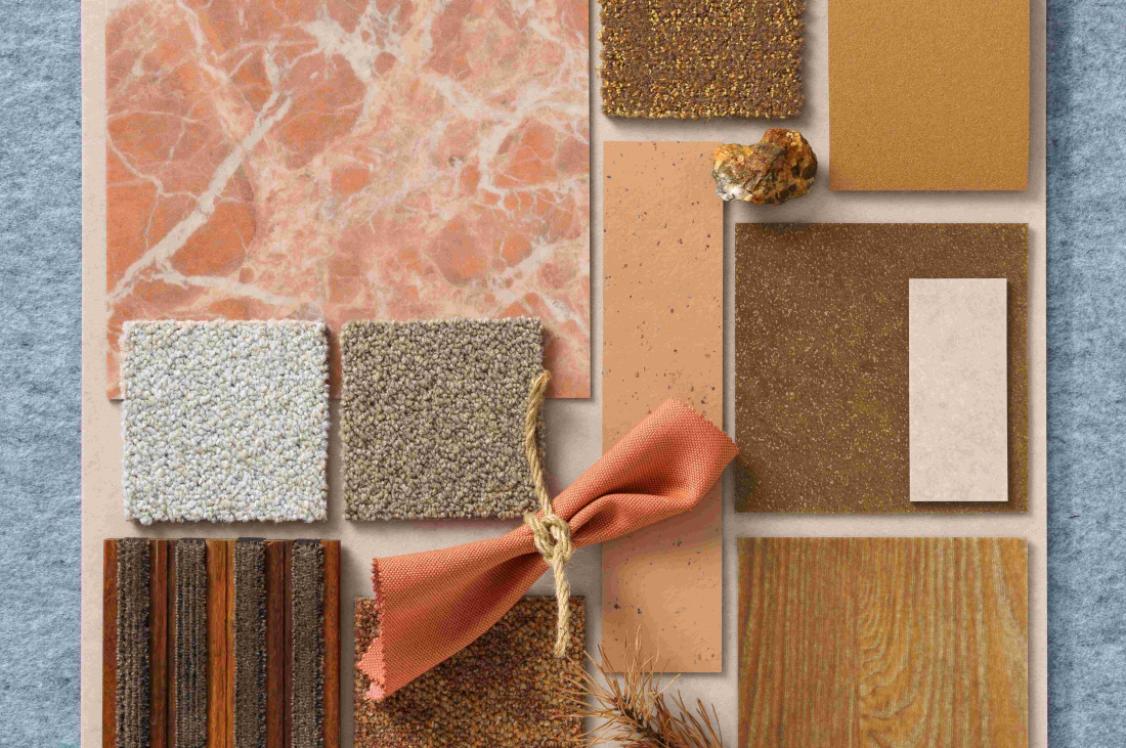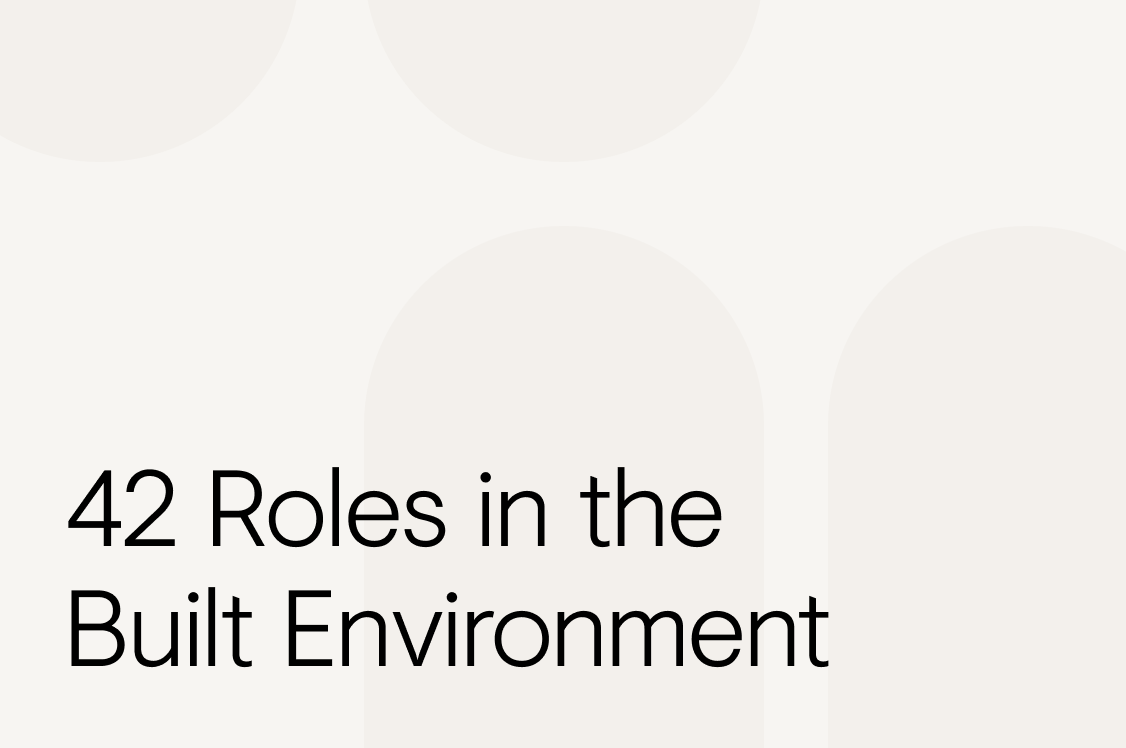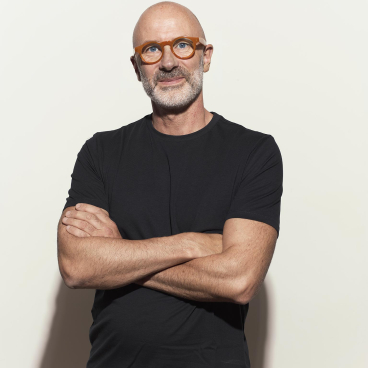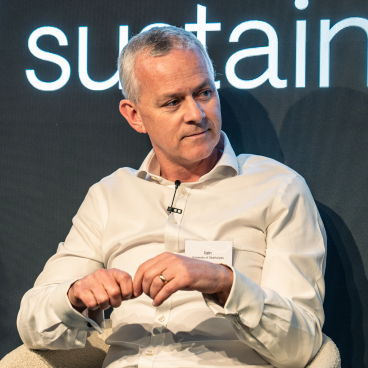Biomaterials - are they worth specifying?
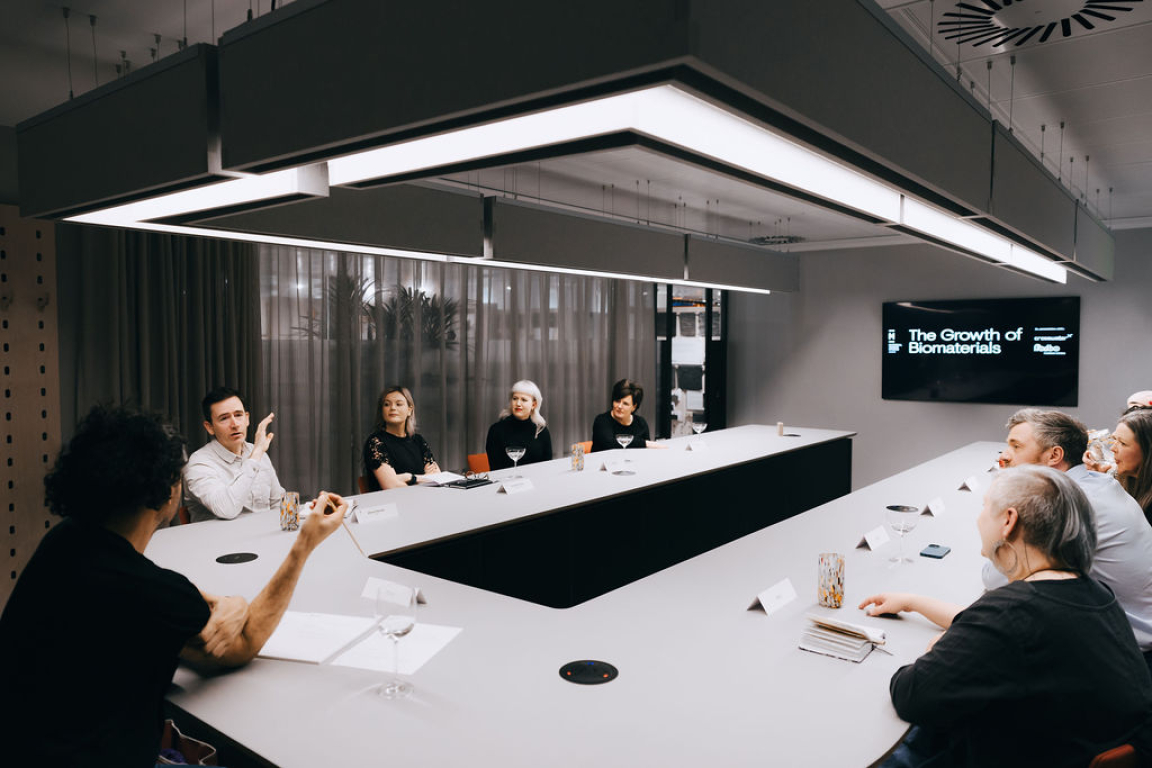
As part of our editorial and event focus on sustainability, we continued the conversations at our Glasgow Studio with a dedicated roundtable on the growth of biomaterials.
This is a topic close to our hearts, and one which we’ve focused on – and given a platform to - since the inception of Material Source six years’ ago.
As inspirational as these material innovations have always proven to be, there are seemingly endless challenges that hinder their specification.
And so, with this in mind, we were keen to review these potential roadblocks in more detail, alongside assessing the value of these new materials as part of the bigger picture on bettering the built environment, with our well-placed guests from Scotland’s architecture and design community.
Kicking off the discussion, host, Material Source director, David Smalley, asked, “Are biomaterials worth specifying?”
Our guests
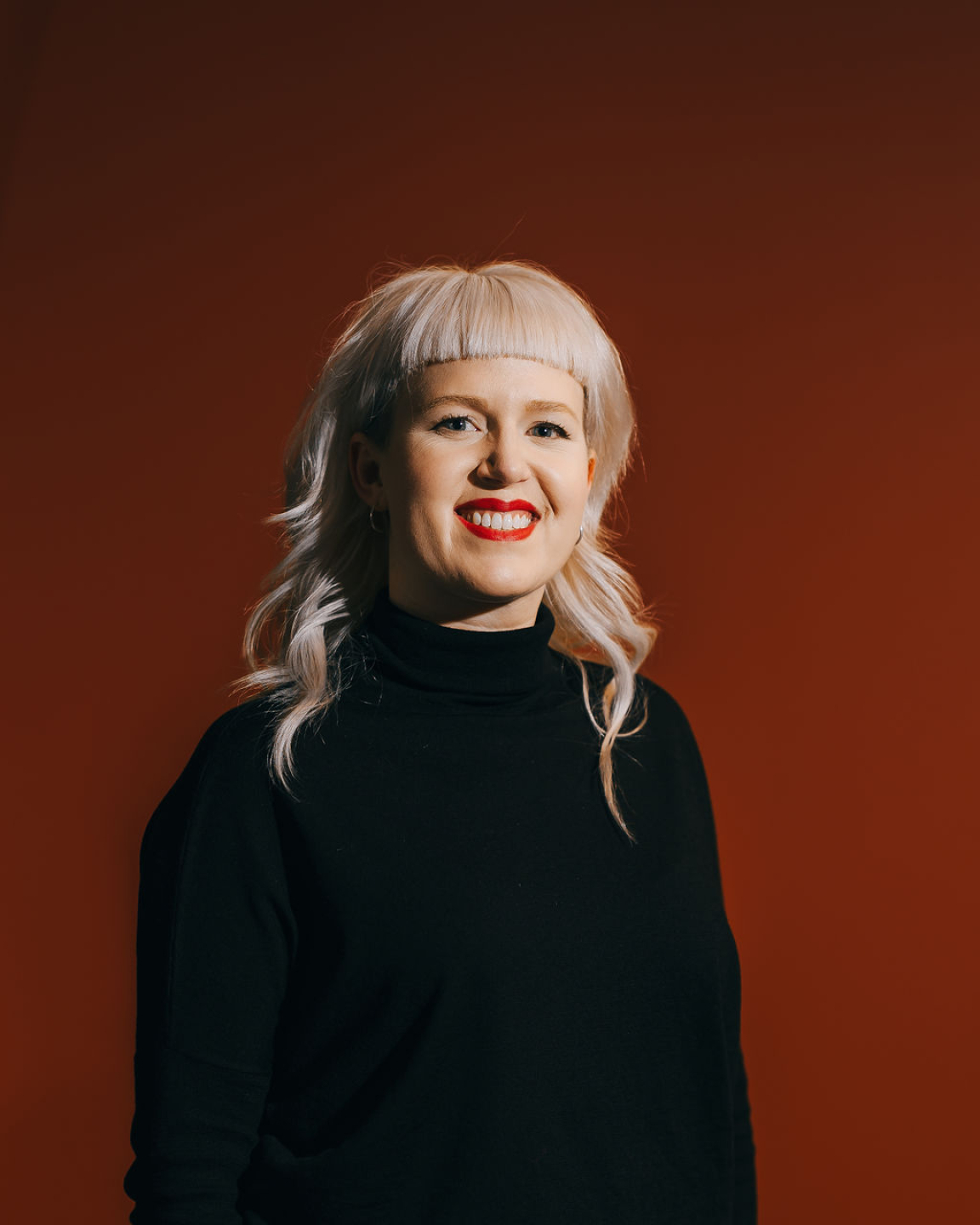
Robin Ellis, architect designer, Graven
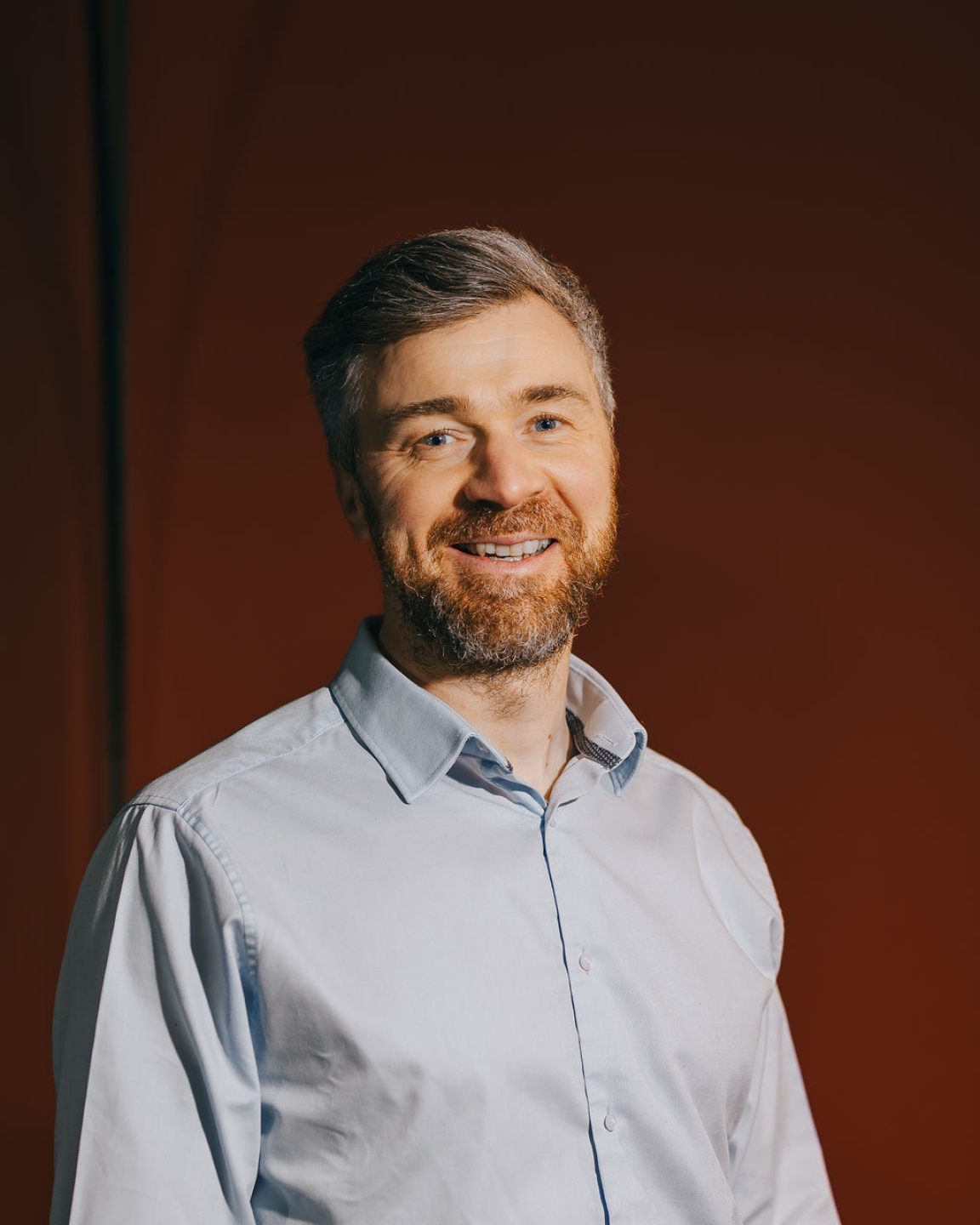
Stuart McHendry, senior sustainability consultant, Cundall

Annabelle Brading, architect, Sheppard Robson
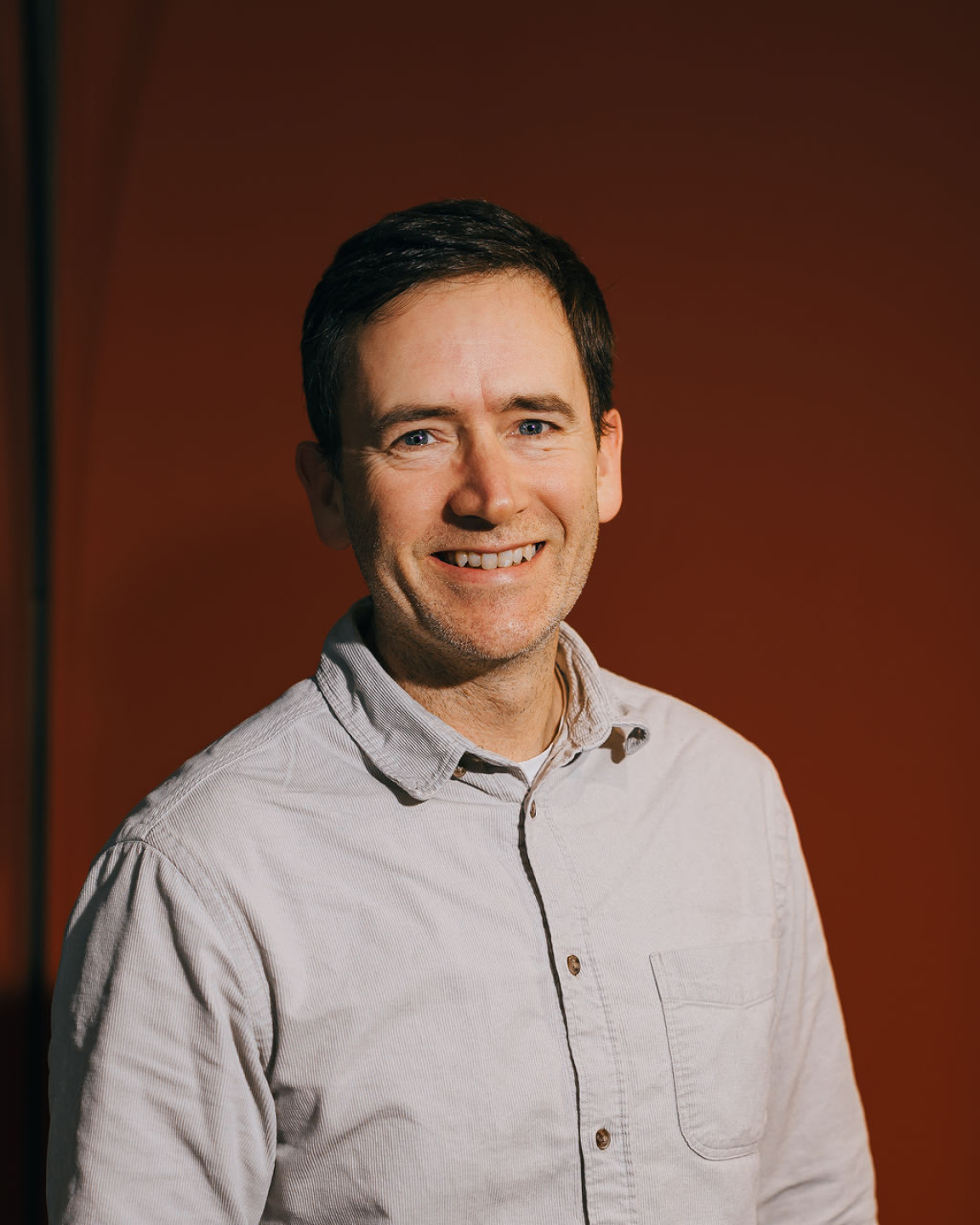
Edward Dymock, architect associate, BDP
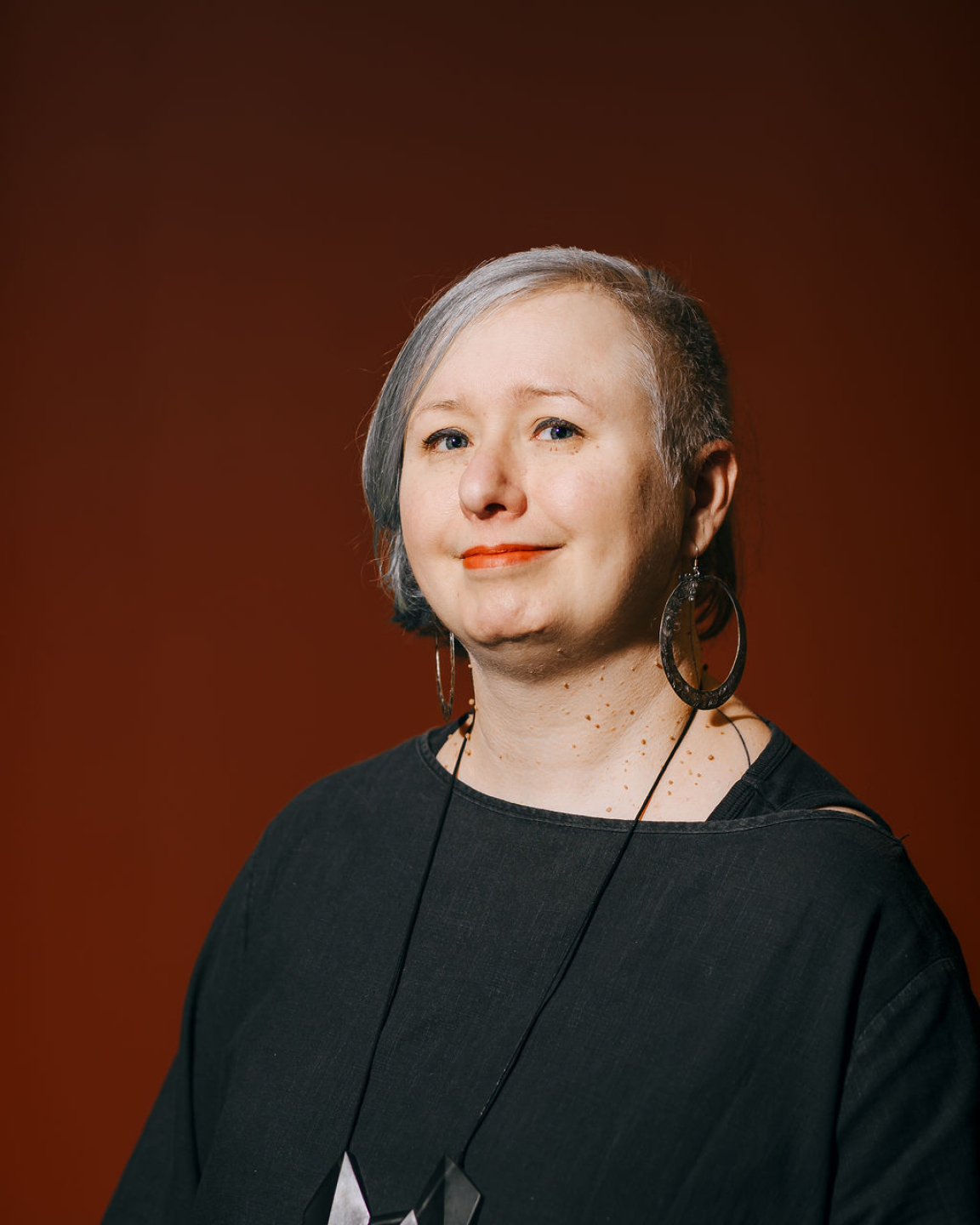
Petra Scherer, interior designer, Space Solutions
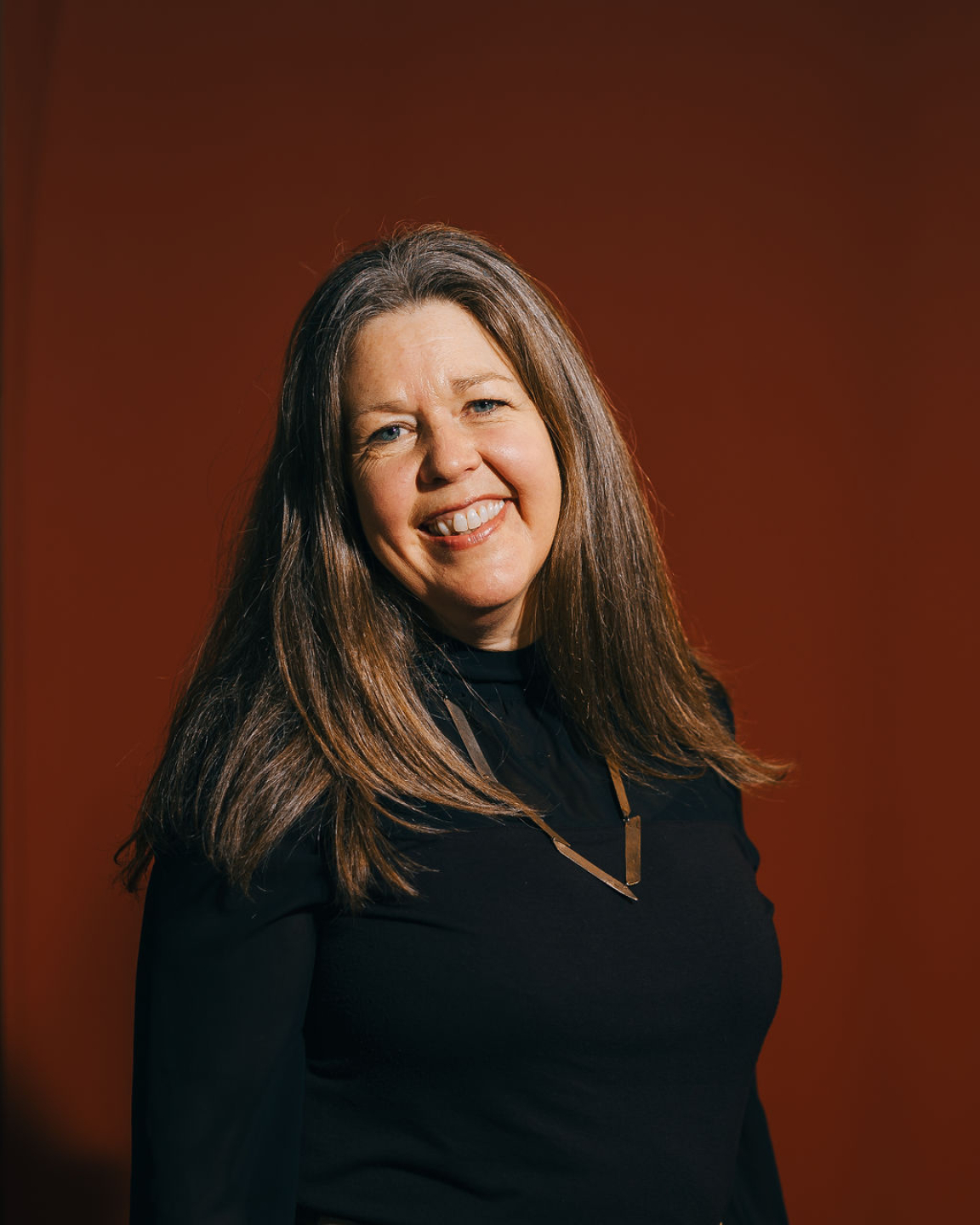
Morag Dearsley, director, Form Design Consultants
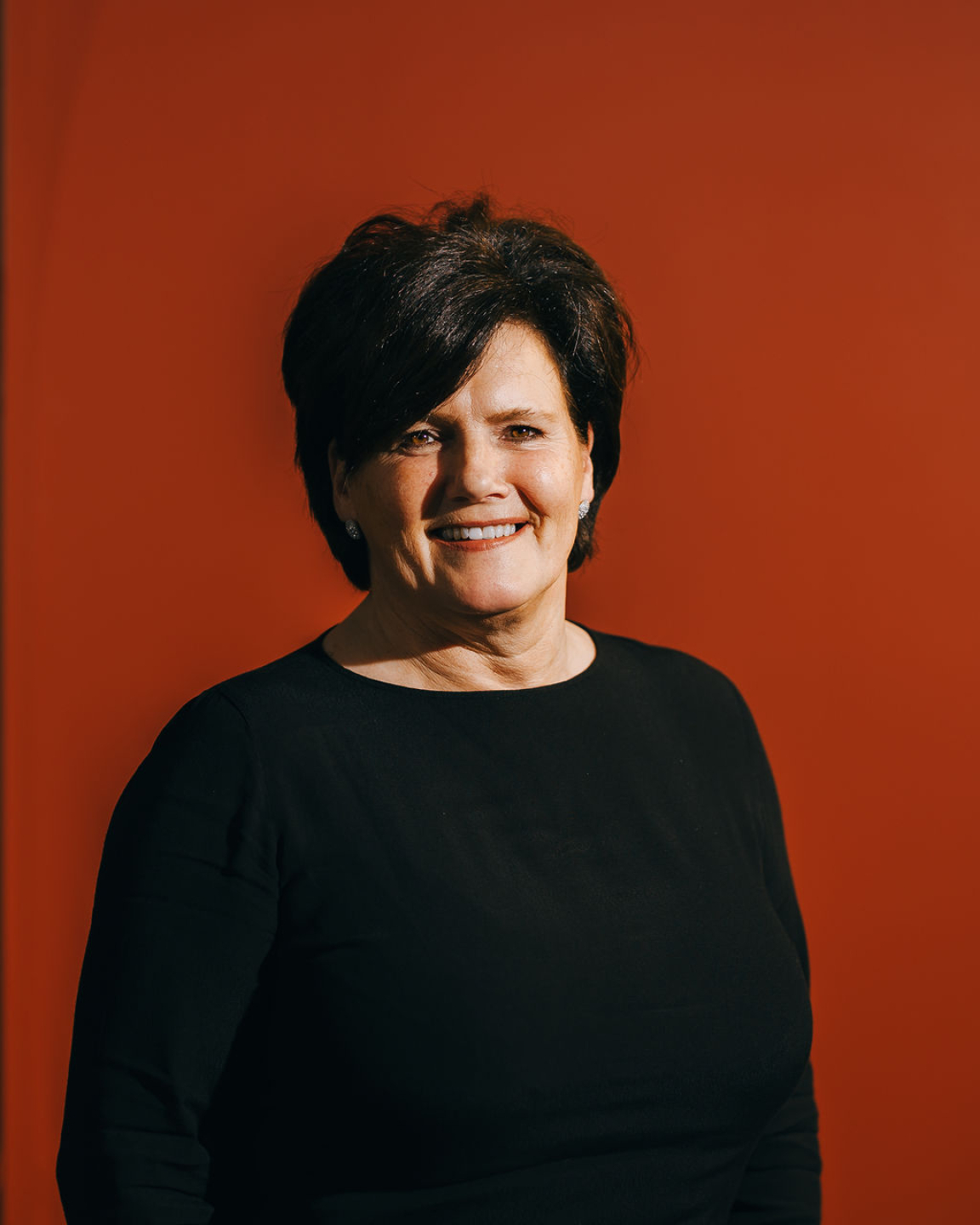
Kay Kerr, regional sales manager, Forbo

Yasmin Dadash, key account manager, Bathroom Brands Group
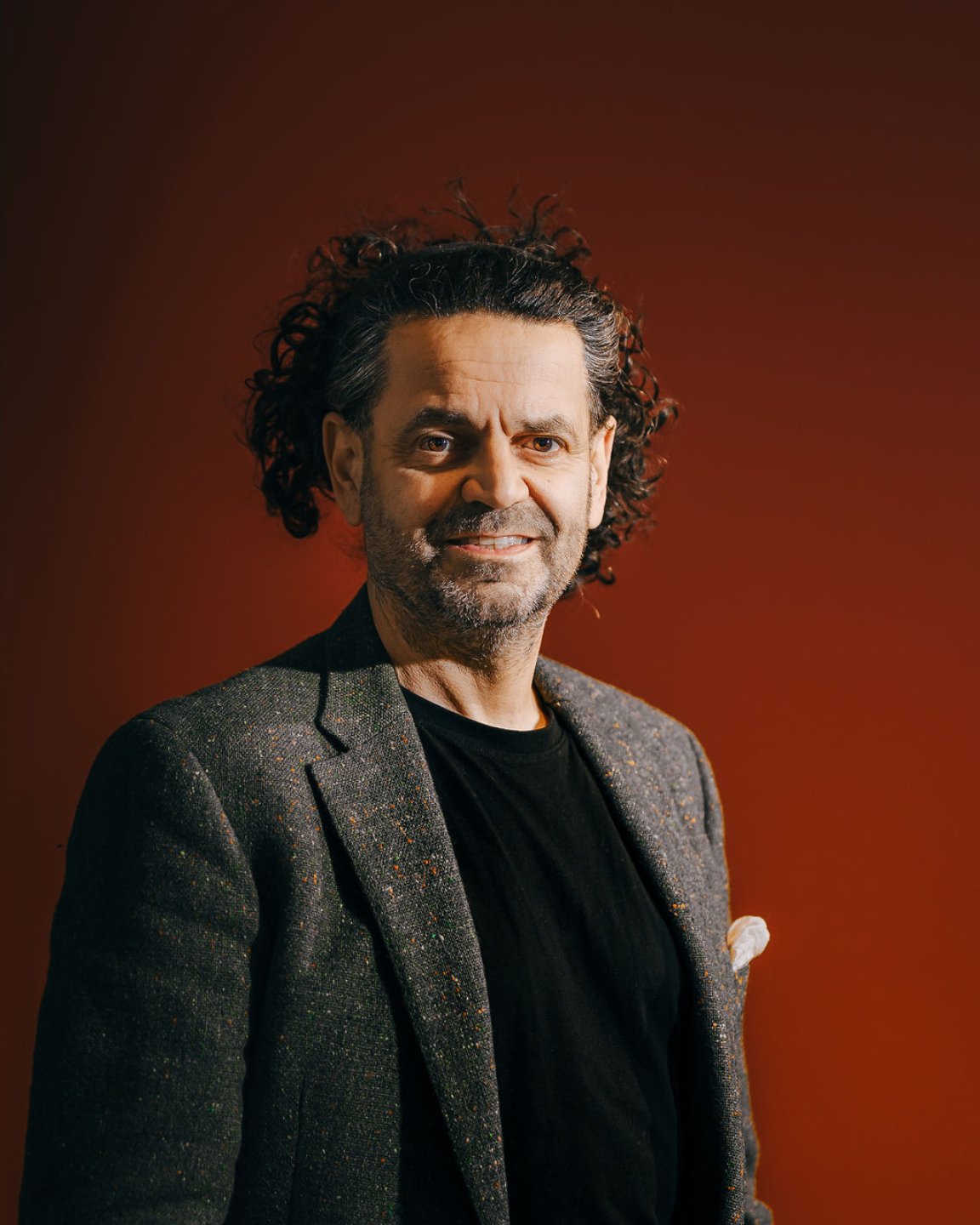
David Smalley, director, Material Source
Warranting the worth
The resounding response was “yes” – that biomaterials play an integral role in achieving a more sustainable future for the built environment. And their introduction may not be as daunting as imagined. “Timber is a biomaterial”, commented Morag Dearsley, director, Form Design Consultants, “it’s obviously been around for thousands of years, but using that in construction must be a first step.”
Concrete and steel are amongst the most carbon intensive elements of a building, and Morag suggested viable, bio-alternatives to these components – such as wood - urgently needing to be implemented.
Stuart McHendry, senior sustainability consultant, Cundall, agreed. “It’s the heaviest elements that need to be looked at – the columns, the floors etc – if you can target those areas with consideration of biomaterials such as cross laminated timber, that will have a big impact and be an easy win in terms of bringing the total life cycle embodied carbon down.”
“It’s about looking to the future, isn’t it?” added Morag, “The traditional way of constructing is ‘do it for now’ but the way you now need to consider a building is to imagine what’s going to happen to it in 50-years’ time. It’s viewing a building as a material bank – as an asset – so everything that’s put in has got to be worth something, or alternatively, biodegrade.”
Picking up on this topic of circularity, Kay Kerr, regional sales manager, Forbo, highlighted a trend in the specification market, for loose lay products, as they can be removed and reused. And while circular, and in fact bio-based materials offered by global manufacturers such as Forbo – which as well as its loose lay collections, includes marmoleum as part of its sustainability-focused product portfolio – are coveted by designers – hurdles still exist for the smaller-scale innovators.
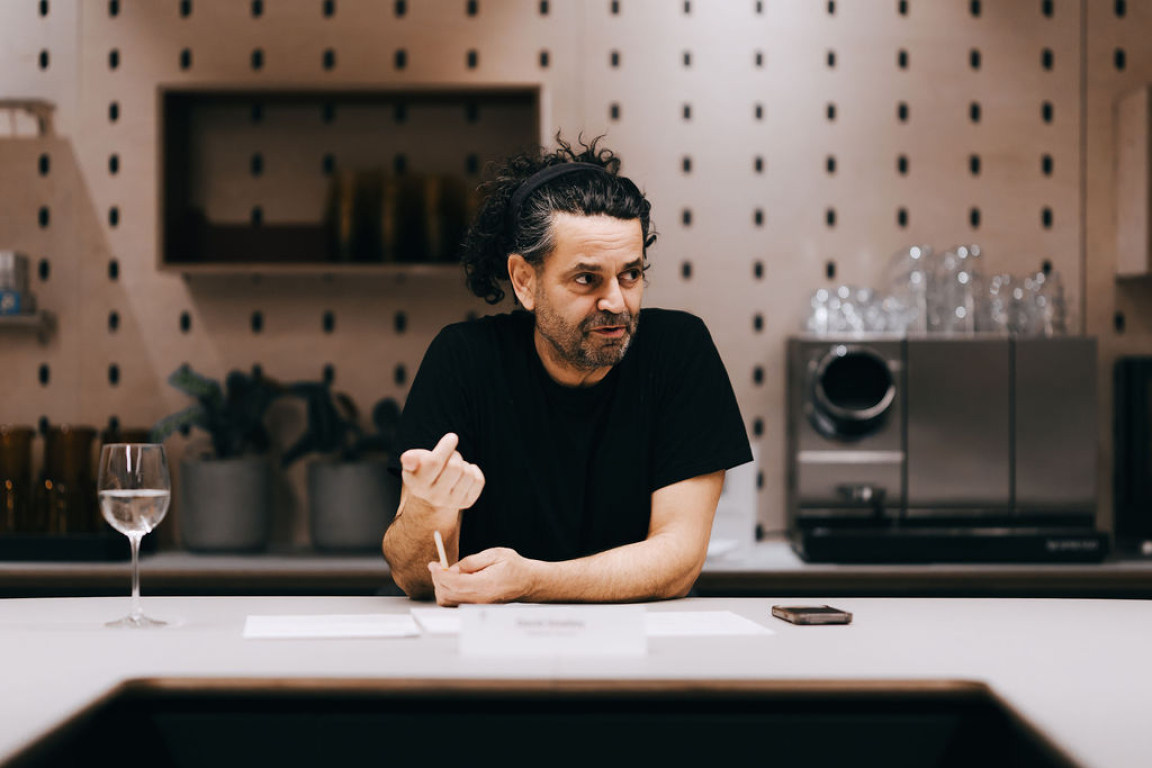
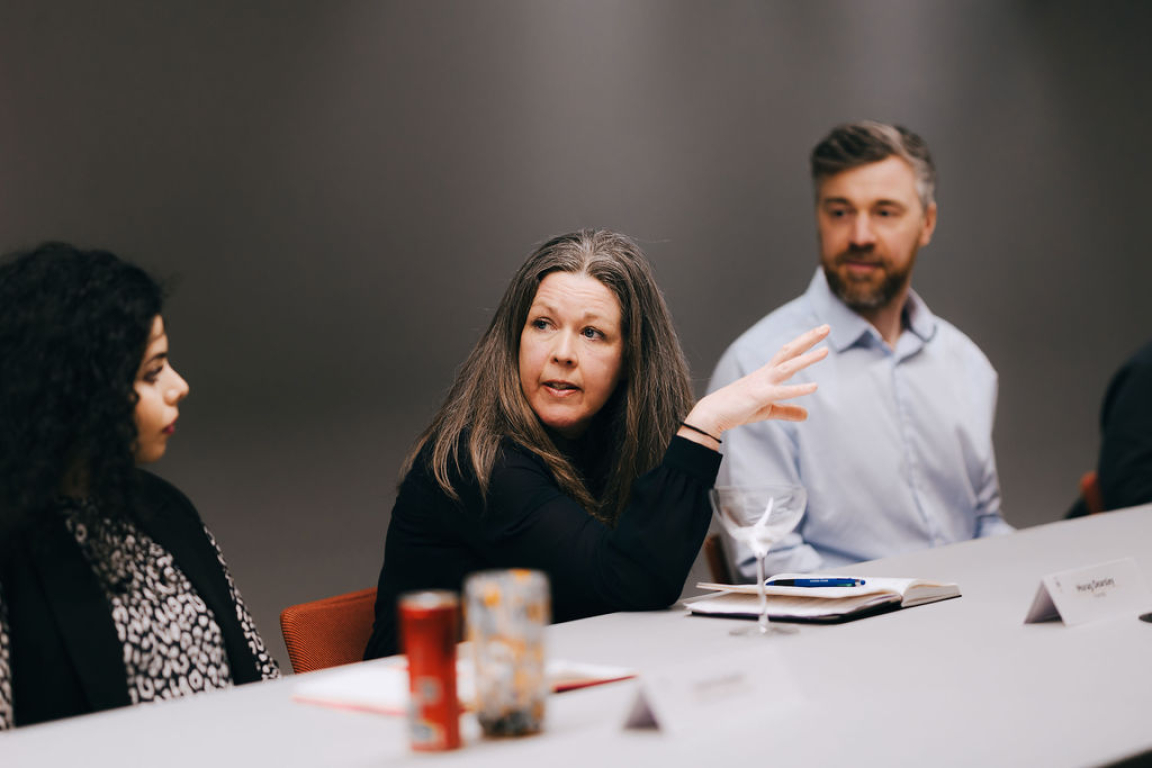
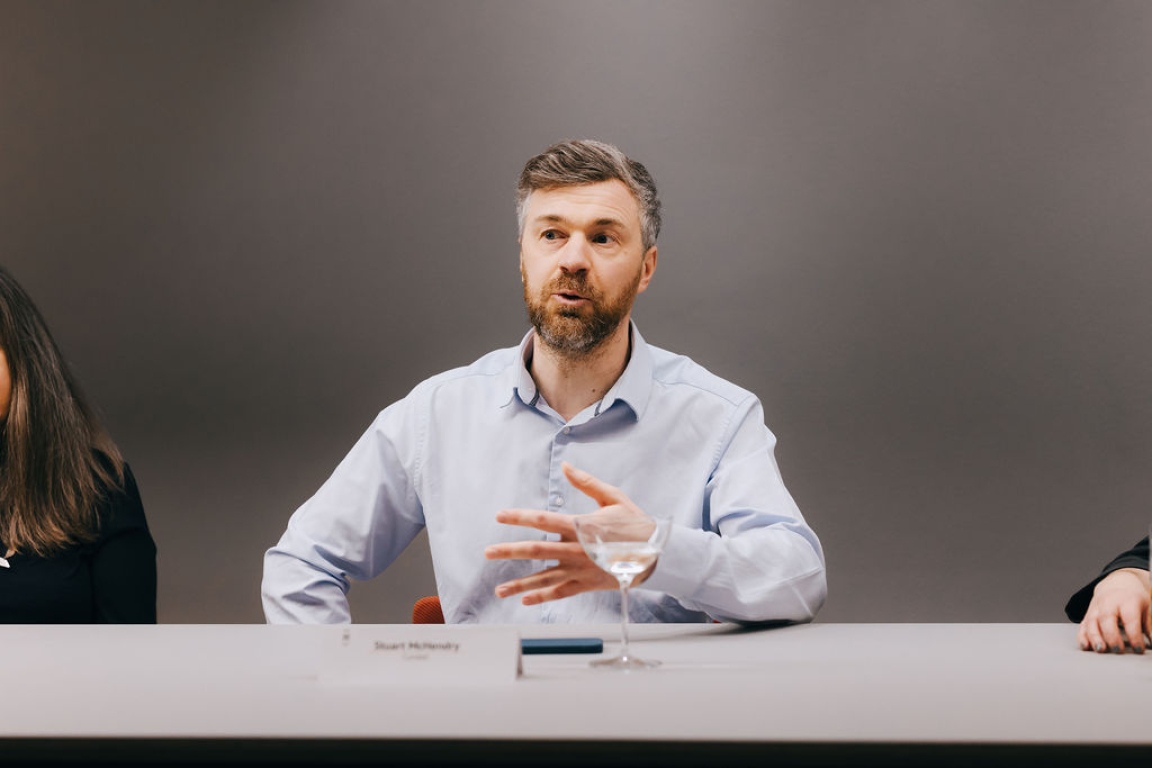
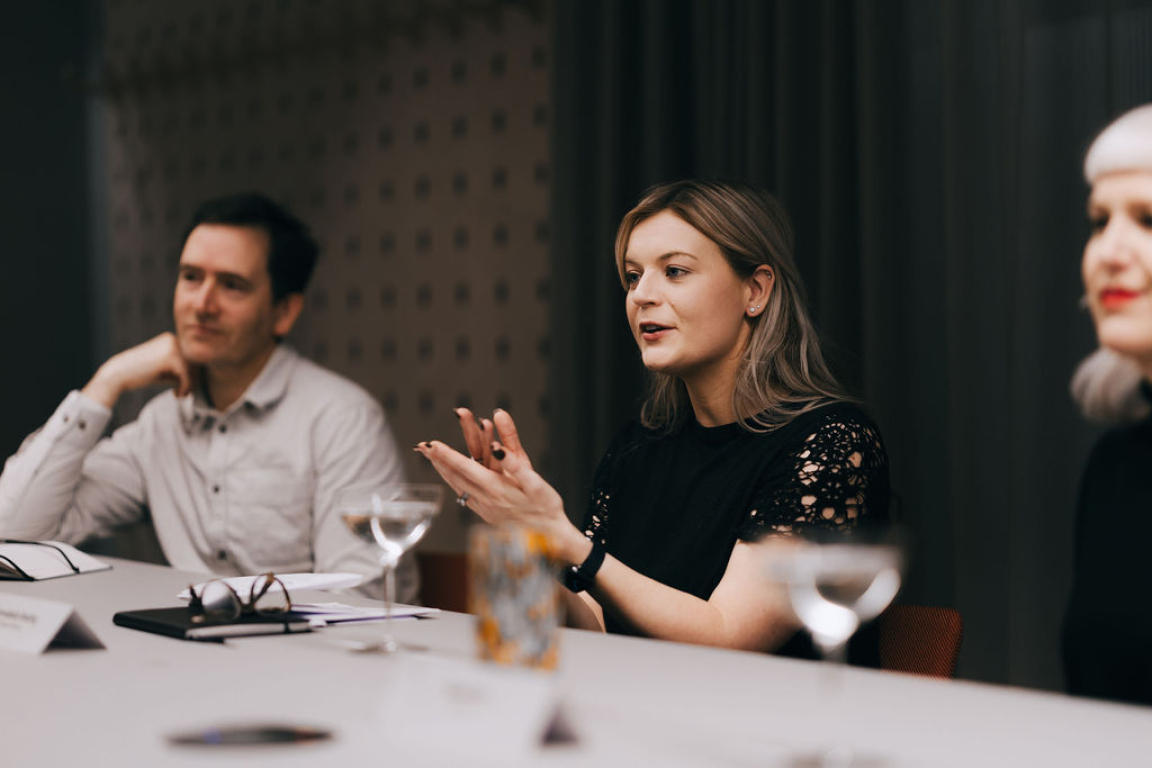
Barriers to entry
Robin Ellis, architect designer, Graven, outlined some of the challenges. “There needs to be a collaborative R&D process with designers for the materials to be used, because what we’re finding is with locally-made products – and the likes of those featured as part of your This Is No Longer Speculative exhibition – is that they haven’t been systematised – you can’t buy them in a specific 1200m panel, for example, so there’s a barrier to entry. This is where there needs to be more development done.”
This was seconded by Petra Scherer, interior designer, Space Solutions. “It’s very difficult to get any new materials onto the standardisation system – there is resistance because they do behave differently to traditional products. But there has to be a will, and a way, of standardising them to make them available to us. It’s not that these materials are not good, but they don’t necessarily fit the current quality assurance system.”
“We’ve come up against this a lot”, continued Edward Dymock, associate architect, BDP. “Even building with timber.” Referencing a project being undertaken by BDP’s Toronto studio - a twelve-storey residential building with timber structures, facilitated by a change to Ontario’s building codes, he said, “the regulations in the UK must keep up with architects’ ambitions to lower embodied carbon by working with biomaterials, such as mass timber.” Stuart has also seen a regional contrast, having worked with a Dutch client on a building with a planned timber structure in the UK, only to be met with too many blockers to proceed down this route.
This discouragement of timber use has also been experienced by Annabelle Brading, architect, Sheppard Robson, “You can’t really use timber for cladding now, so what do we use instead? There is an opportunity for new materials to break into the market – bio-masonry for example, that sequesters carbon.”
On this subject, K-BRIQ from Edinburgh-based firm, Kenoteq – made from 100% recycled demolition waste - featured as part of the: This Is No Longer Speculative exhibitions at Material Source Studio Manchester and Glasgow, was mentioned by Morag as a solution put forward by the Form Design Consultant team for a recent scheme.
However, the matter of cost was raised as a potential roadblock to the specification – going back to this need for further development, and ultimately, investment. Issues around testing, insurance and of course, the securing of EPD data, were also raised as contention points.
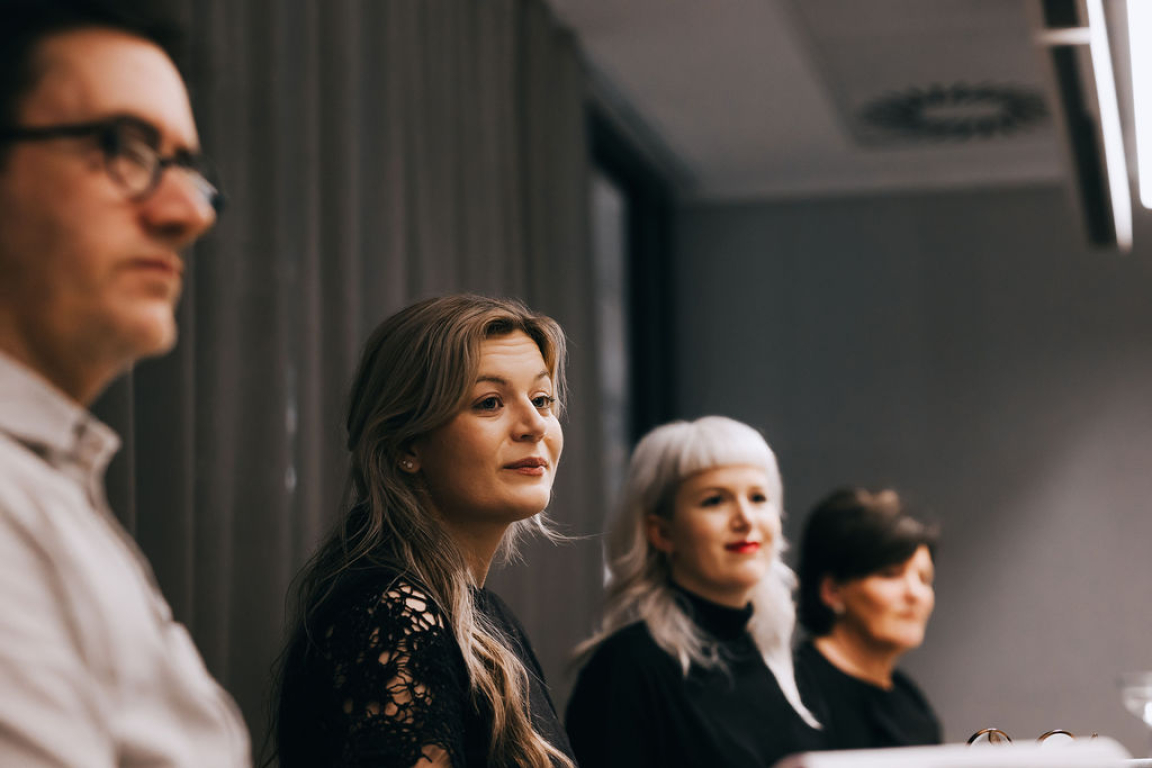
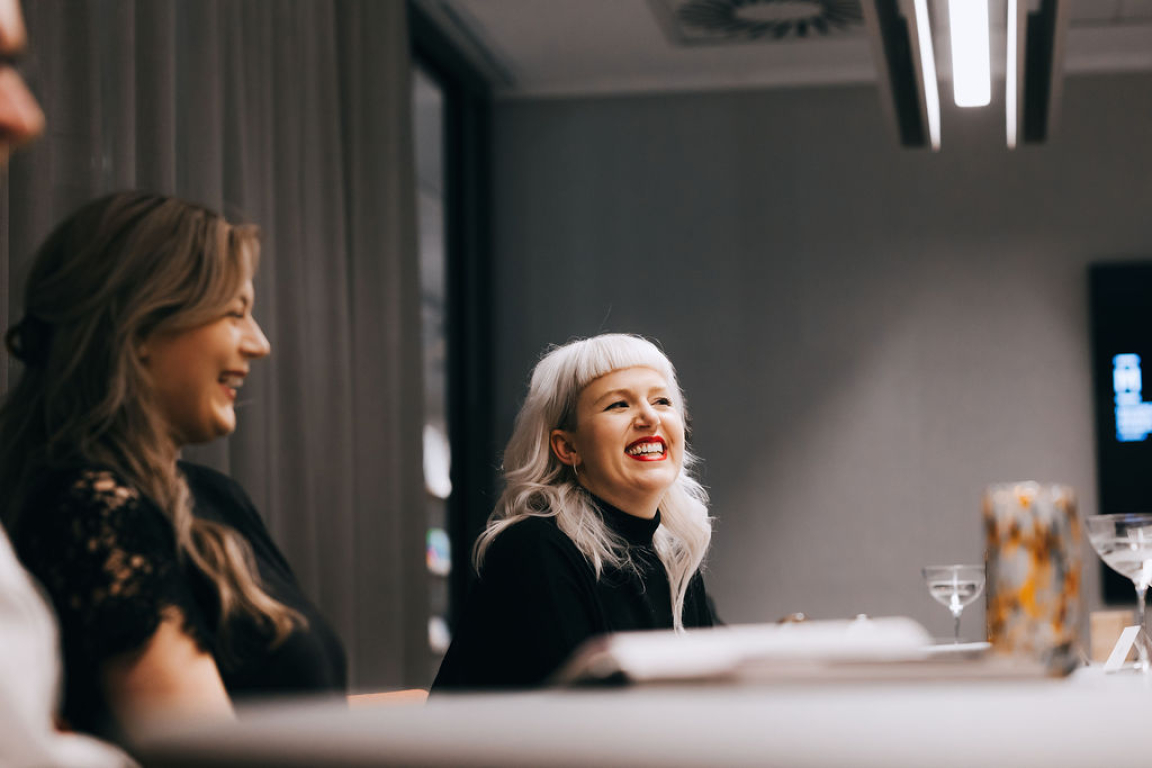
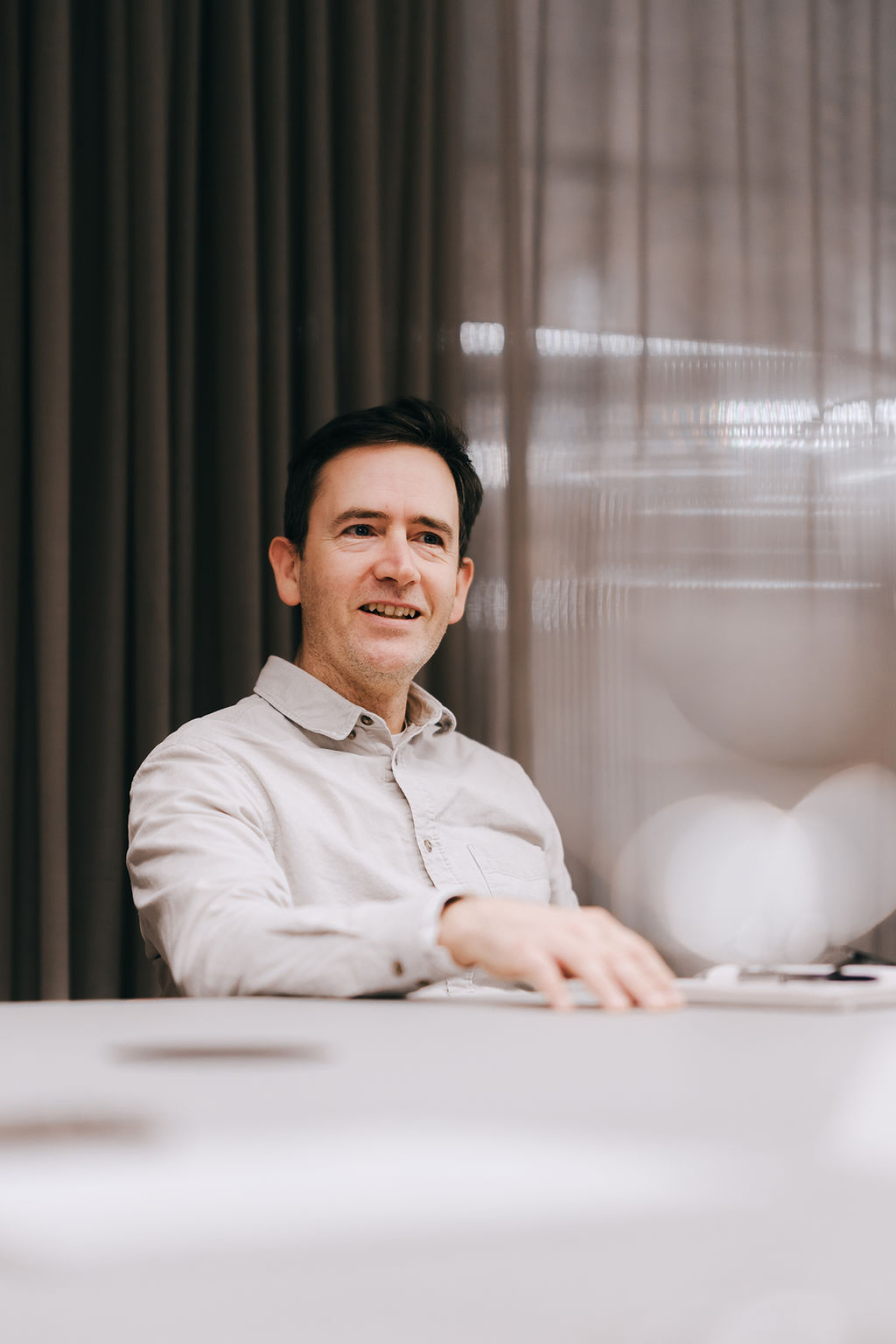
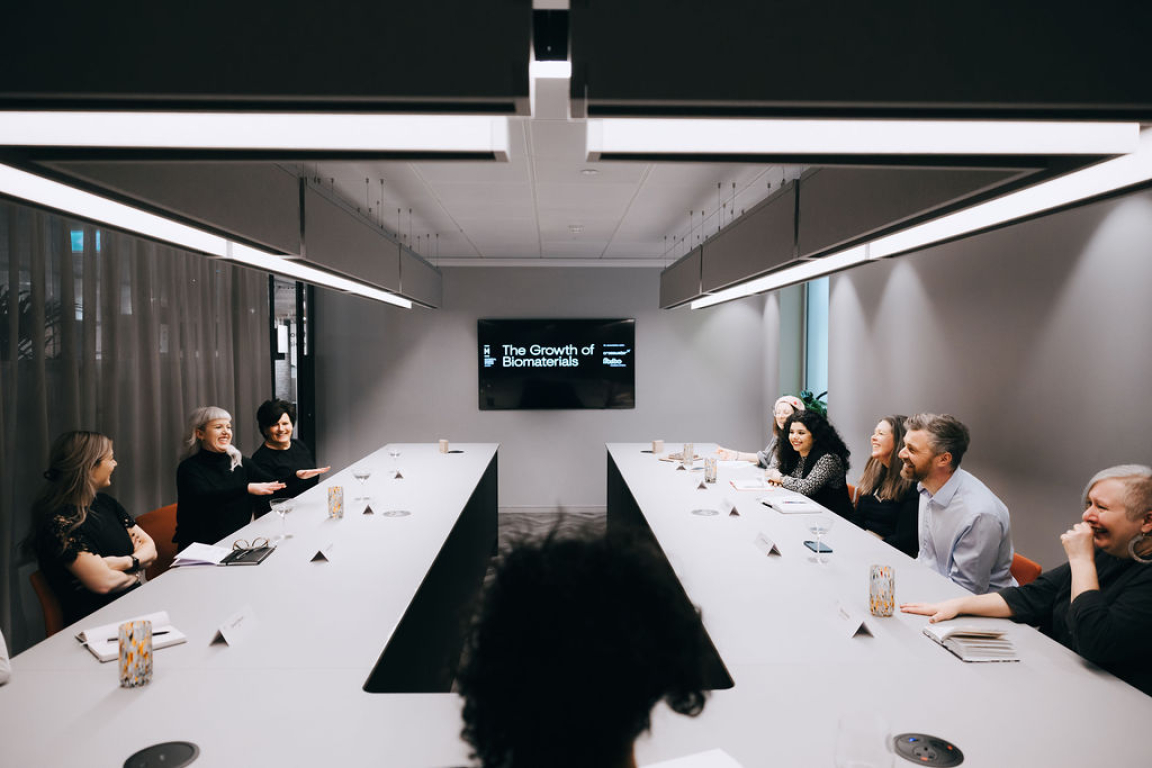
Ownership of onus
“It can sometimes feel depressing discussing this topic can’t it?”, asked David, echoing the “right amount of fear” stance taken by panellist Iain Black in the previous evening’s seminar on sustainability. Petra replied – “perhaps we needed to reach that point for solutions to be found.”
Though solutions there are. And Morag believes it’s designers that hold the key to unlocking the potential that’s out there by pushing their clients to embrace different ways of doing things. Through doing this, she argues that more environmentally conscious products will come down in price.
“So, you have the power?” queried David.
“Yes, but we’re not doing enough”, answered Edward. Returning to the regional disparity, he cited wood fibre insulation as having less than 1% of the UK’s market share, but 10% in France and Germany. “This can’t be just a cost issue”, he added. “It’s legislation too”, suggested Morag, in response to the French government establishing legislation that requires all new public buildings to utilise at least 50% bio-based materials from this year onwards. “Why won’t we take the leap here in the UK?”
“Time is a huge problem”, responded Annabelle, “there’s a lot of undercutting in architecture and the construction sector, so as a result the whole industry becomes tighter on time, and there often isn’t a fee in place for material exploration. We need to be able to look at and suggest different options to the client."
This difference in build turnaround was highlighted as vast by Yasmin Dadash, key account manager, Bathroom Brands Group. “We’re talking about years of difference between the UK and the rest of Europe.”
Stuart believes this must be challenged – something they do at Cundall. “We push for time for exploration around the design and development of materiality. We set KPIs with our clients covering carbon budgets and the use of biomaterials etc, and we take this to the designers, so they know what they have to work with upfront. That works on a policy level though it’s not legislative.”
“So, it’s about communicating with the client – telling them it’ll cost more and take longer?” asked David. “Yes”, said Stuart, “and with the KPIs they are being held to account by investors and funders – they all have sustainability targets, so they need justification. We have found this empowering – that we can push back on the client.”
This justification, and resulting empowerment, has also been experienced by Annabelle, particularly in the university sector. “They are very invested in working towards their 2045 targets. A lot of universities have old buildings – from 1400s through to the 1960s – and many are failing. Because they want to address this and make it work, they will buy into better practice.”
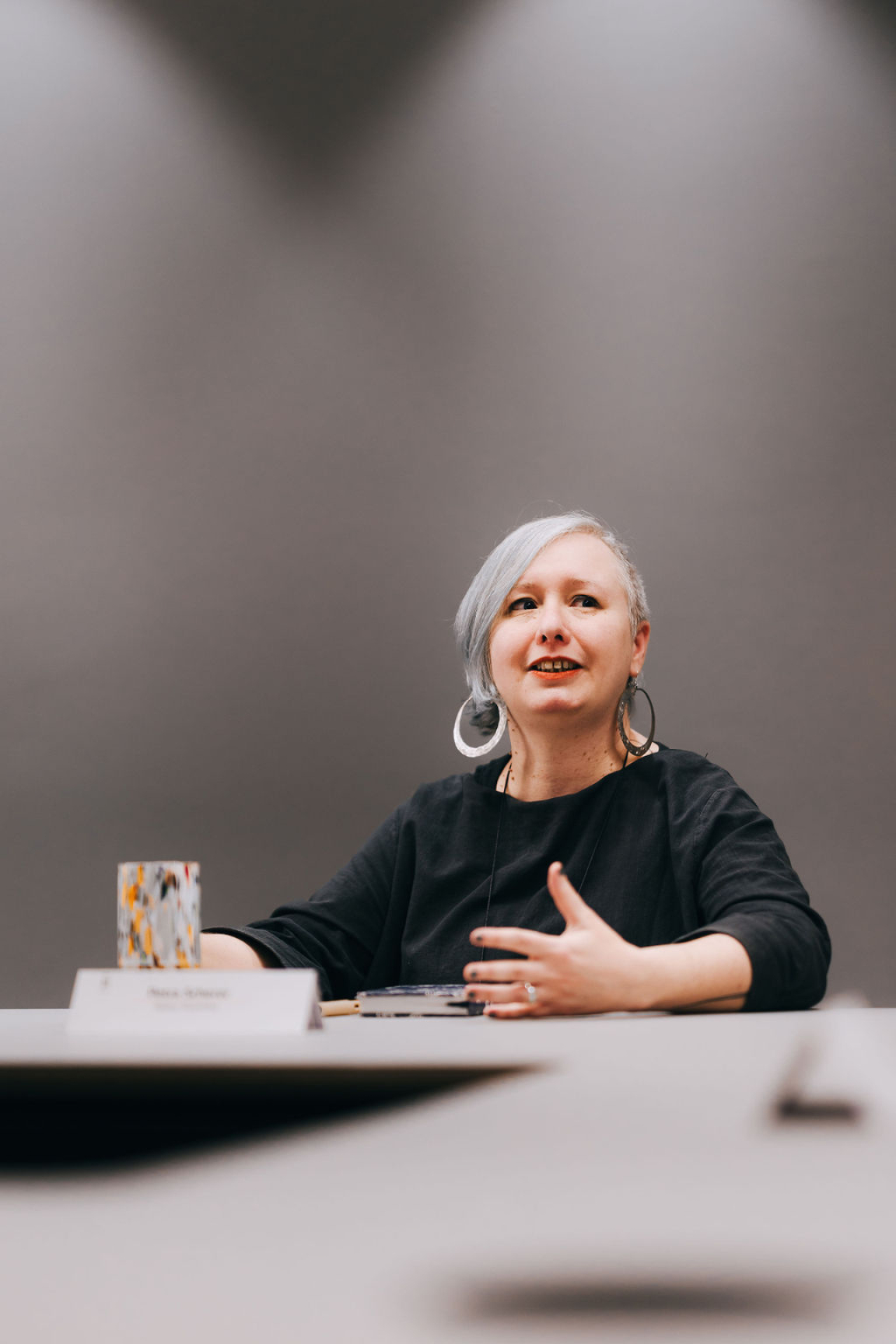
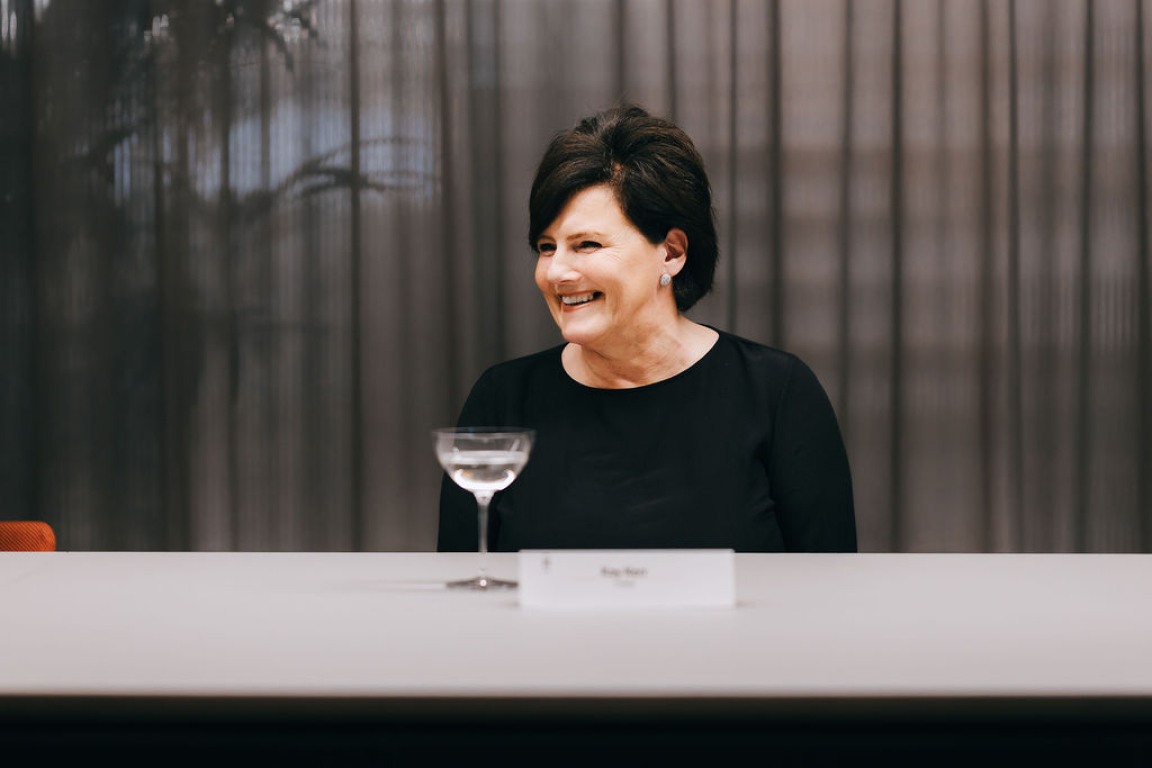
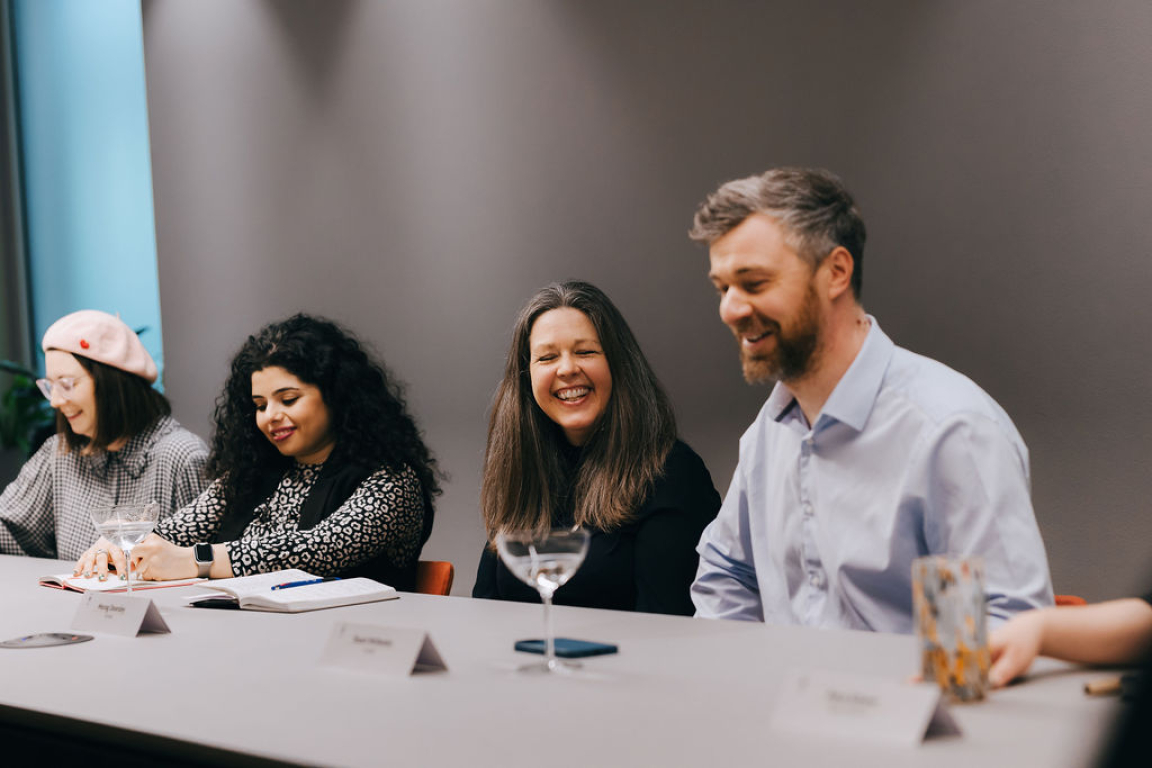
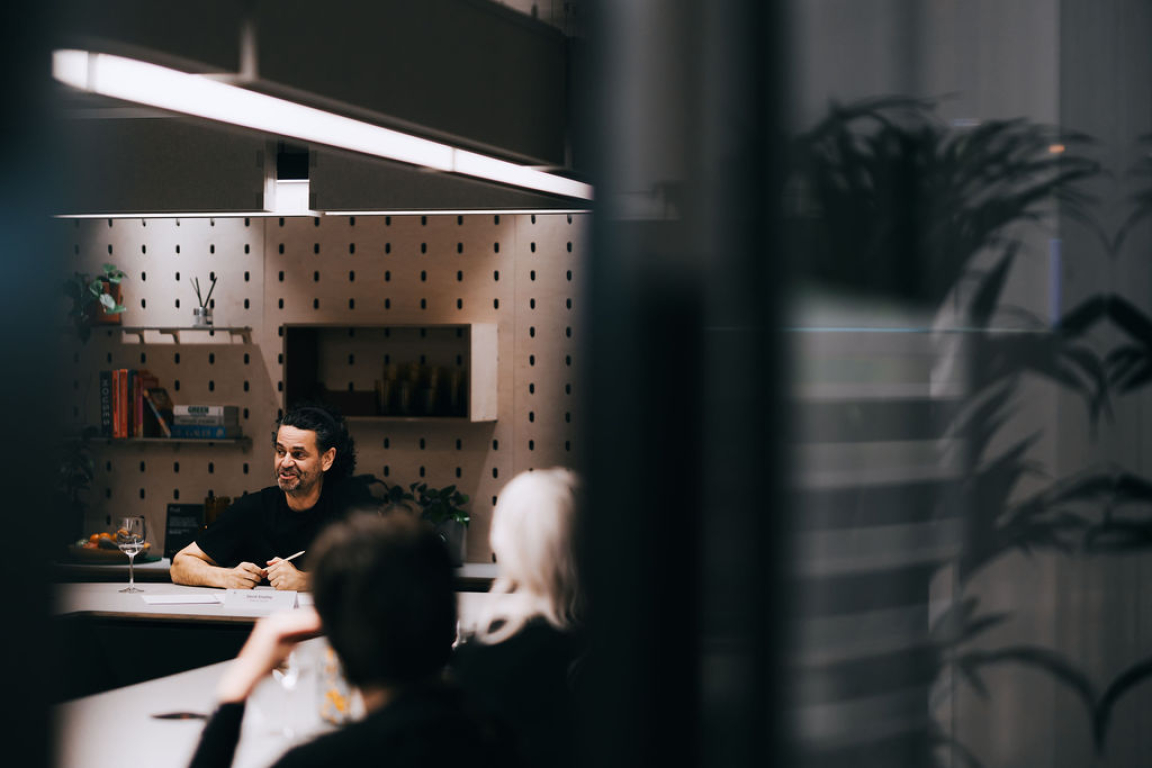
The space race
“In the UK, we have a limitation on available space”, commented David, “whereas in somewhere like the US this isn’t a problem. Is this having an impact on the speed of buildings being delivered?” he asked.
“Land value is key”, replied Edward, “and it does affect speed, developers want to see a return on their investment. This is particularly true too in the retail sector, where time is everything."
“And, it’s cultural too”, continued Stuart.
“There’s a big problem in the UK with saying ‘no’ to clients”, proposed Petra.
This was suggested as potentially being in response to the financial recessions meaning work was less abundant at times. However, Annabelle pointed out that architects – and all in construction - should place more value on what they offer – especially when they’re constantly upskilling.
Stuart believes that in recent years clients have valued their services more, in many cases engaging earlier in the process, and requesting leadership.
“There is definitely a realisation that targets around ESG need to be met”, continued Morag. And though not every client knows exactly what this means or how to get there, this is where Stuart feels their advice is vital to, as he described “translate” for them. “This is why we use KPIs, because they are metrics. Materials play into this, including bio-based, but we do come up against value engineering, so we try to get in early and outline risks versus targets.”
This type of target setting was highlighted as absolutely vital by Annabelle. “Everything we’re doing now will still be here in years to come. If we don’t have these targets in place, we’ll be constantly on the back foot.”
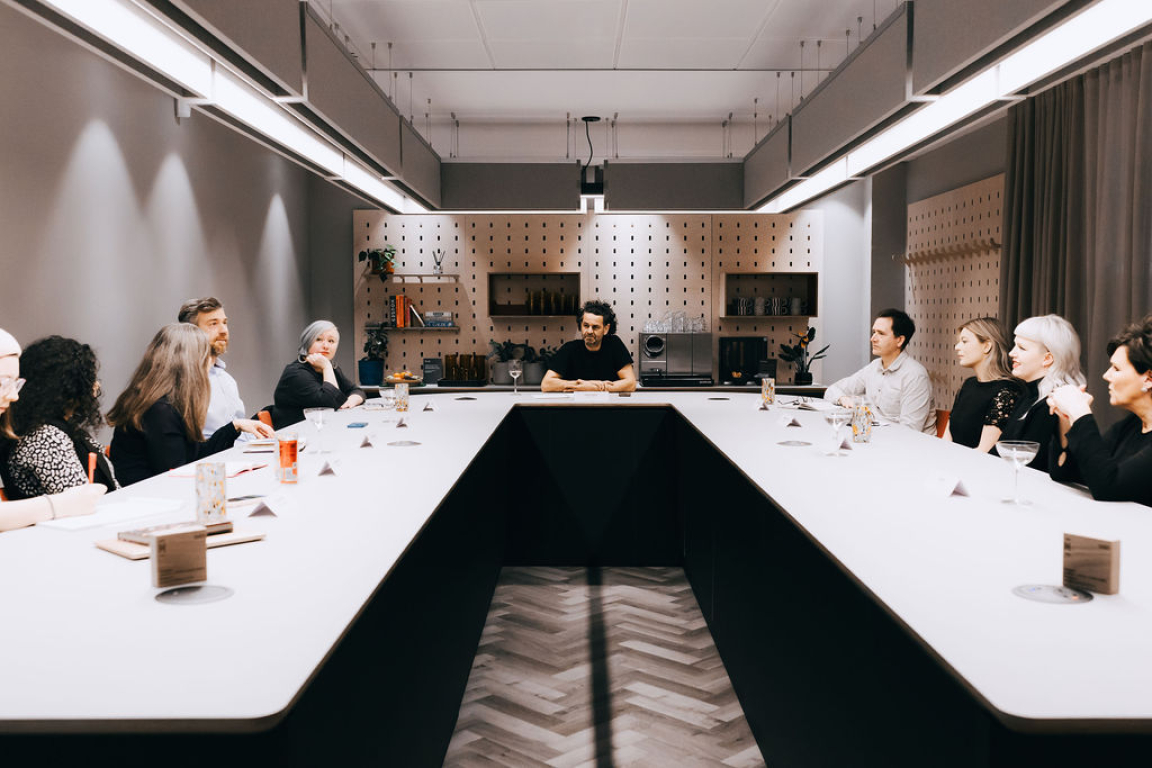
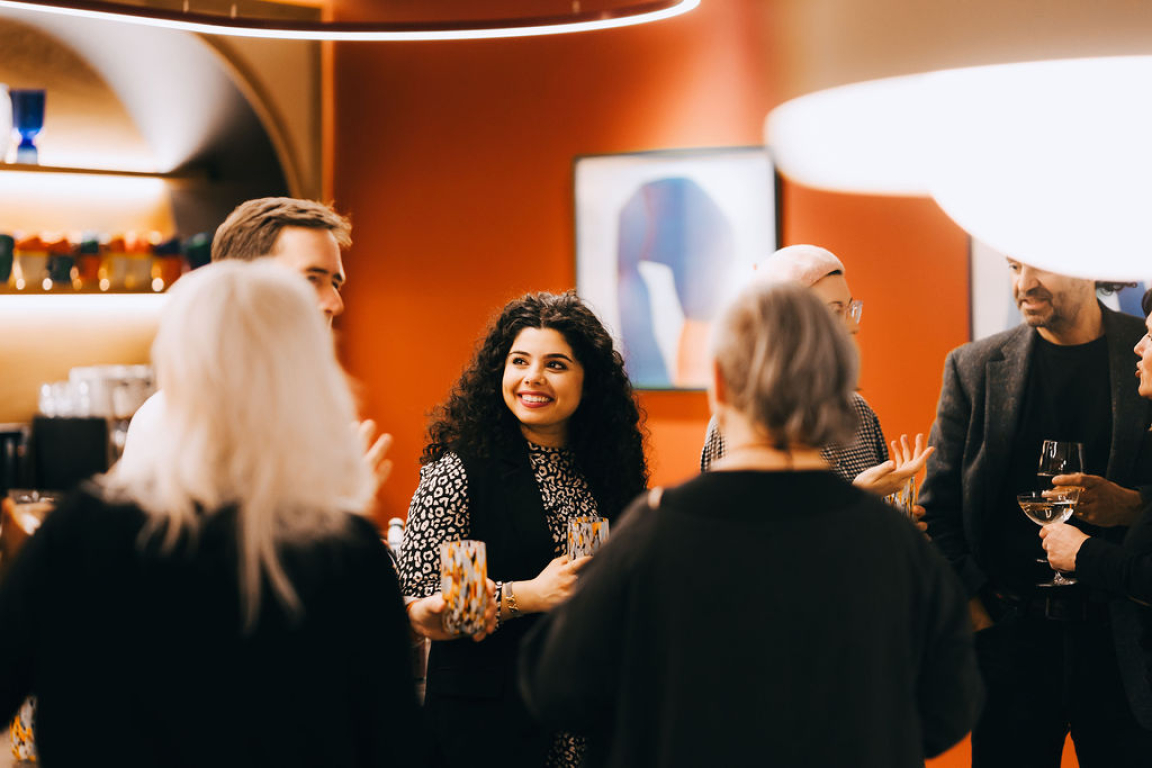
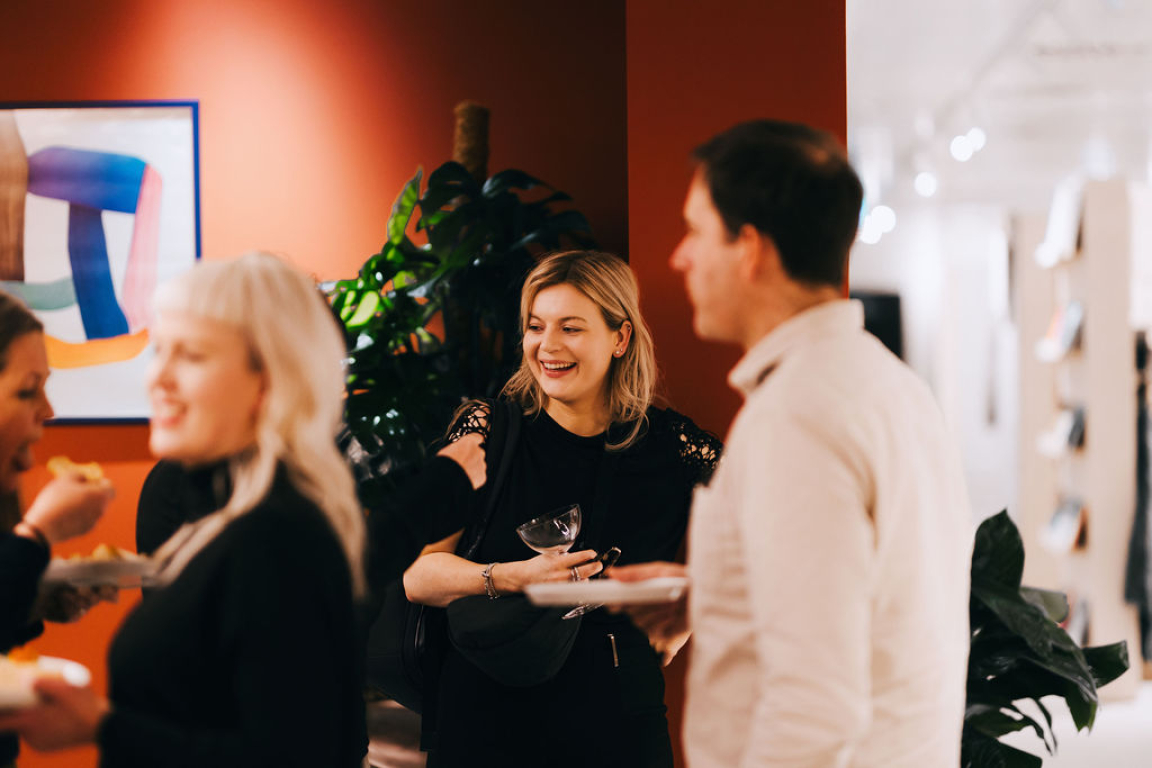

Last and lease
Mirroring the earlier conversations held on the topic of sustainability both in Glasgow and Manchester, reduce, reuse, recycle was brought up as crucial to the built environment’s sustainability efforts. For all guests in the room, projects involved looking at what from the existing space could be taken or repurposed for a more circular approach.
Highlighting the complexities of the subject, Stuart said, “We’re actually seeing a trade off on projects between carbon and circularity. Carbon is not a silver bullet, it’s a part of the design. It’s about being holistic and trying to align with nature.”
Sustainability seemingly has no silver bullet - not even biomaterials alone are enough. As Morag mentioned, while their eco credentials may be optimum, they may fall down in other areas, such as acoustics, for example.
Though this idea around aligning with nature very much resonated with those in the room, with Edward commenting, “waste is a human concept.”
“The linear way we’re living is not an ecosystem. To do this we need to let go of ancient systems – such as brick”, continued Annabelle. “Brick and concrete are some of the most common materials used in construction and the cement industry generates 8% of global CO2 emissions – why are we doing it? There must be more sustainable solutions.”
“There are”, said Morag, “but we just need to start using them.”
"Yes - and if they don’t meet the regulations, then spend money on helping them do that”, responded Annabelle.
Bringing the conversation back around to biomaterials, Edward suggested there are “pre-conceived ideas about biomaterials that are barriers to their use, particularly in relation to fire, but,” he added, “materials like steel don’t behave well in a fire either. It’s about treating every material with respect and understanding its limitations.”
So then, who drives the change in perception? Stuart believes new innovative products need to be adopted by designers and tried out on projects.
And conversations with clients need to happen early, Annabelle added. "Clients are keen and eager to reach these goals and with more time we would be able to work towards a better understanding of how they can be achieved collaboratively." And sometimes an external force has an impact too – “such as policy”, said Petra.
“We have to be bold, we have to take risks, or else nothing is going to change”, added Robin, “there has to be commitment and there has to be effort.”
To summarise, David cited communication as being paramount in creating certainty. “Designers are the ones who can take clients on that journey”, came the final point from Morag, “and we just need to get on with it.”
Huge thanks to our roundtable guests, and to our supporters for the evening, Forbo and Bathroom Brands Group – both partners at Material Source Studio in Glasgow and Manchester.
If you’d like to read more around the topic of biomaterials, check out This Is No Longer Speculative, both online - with dedicated editorial pieces on the 24 featured designers, and offline - through exhibitions at both our Studios. Be sure to pick up your limited-edition poster when you visit – serving as a reminder of what’s possible, and of the direction in which we collectively must head.
All image credits: Lewis Cannon






